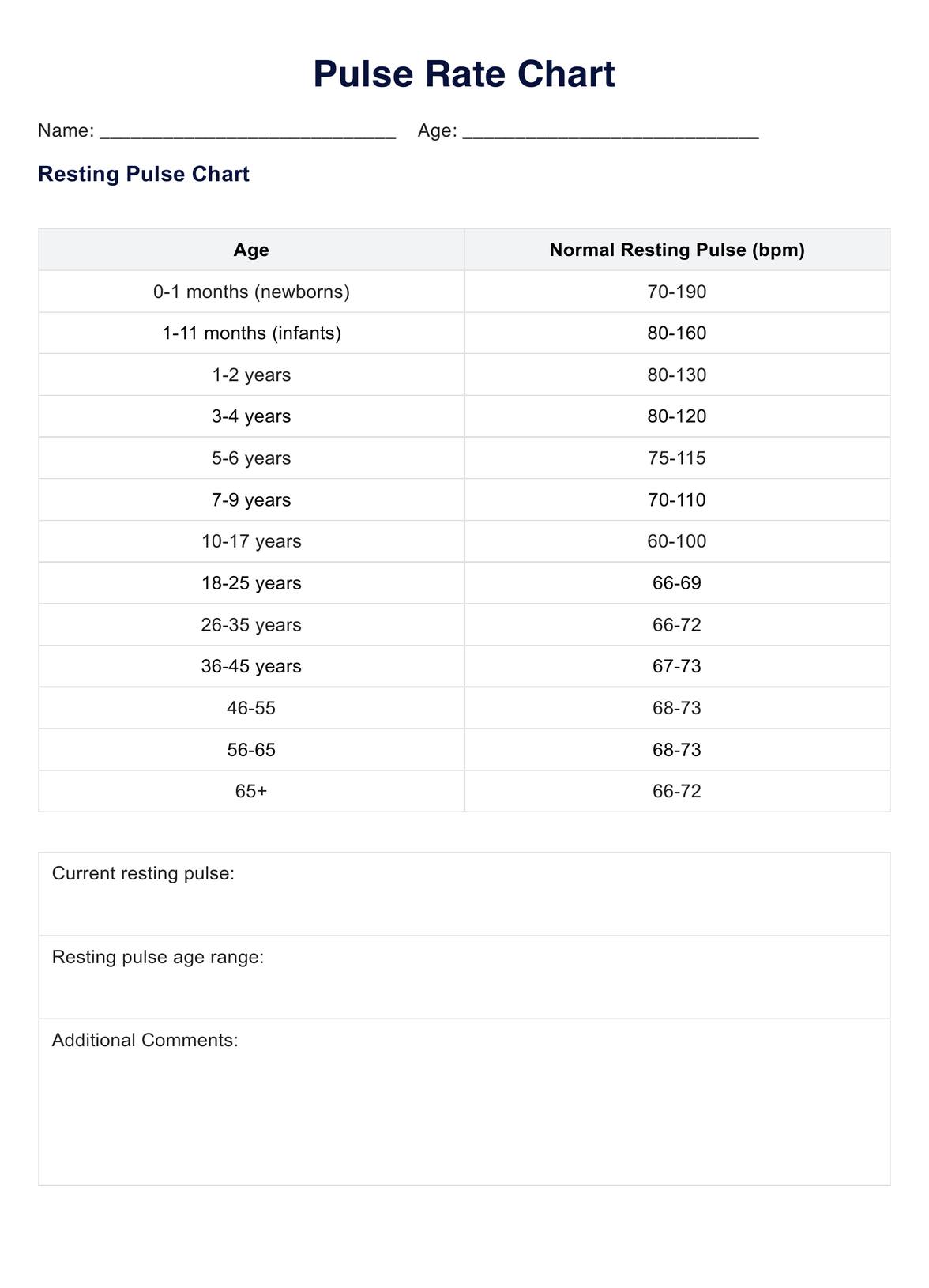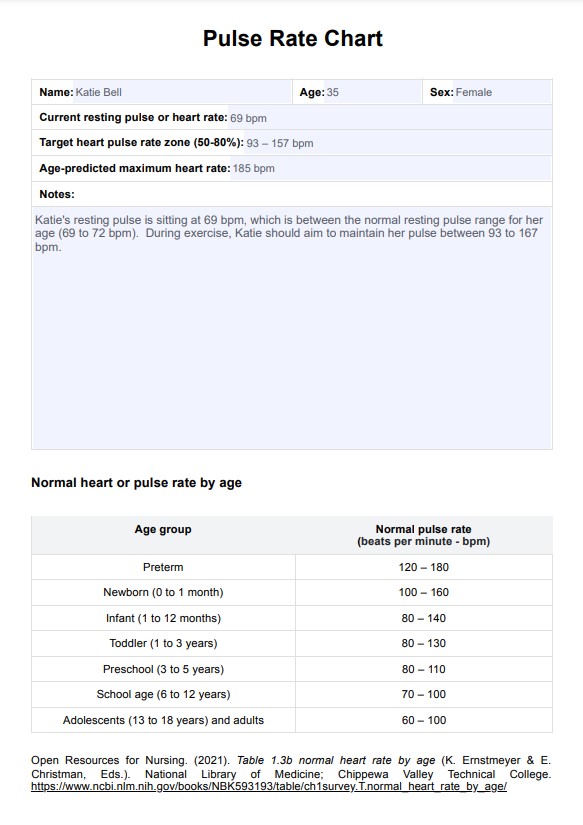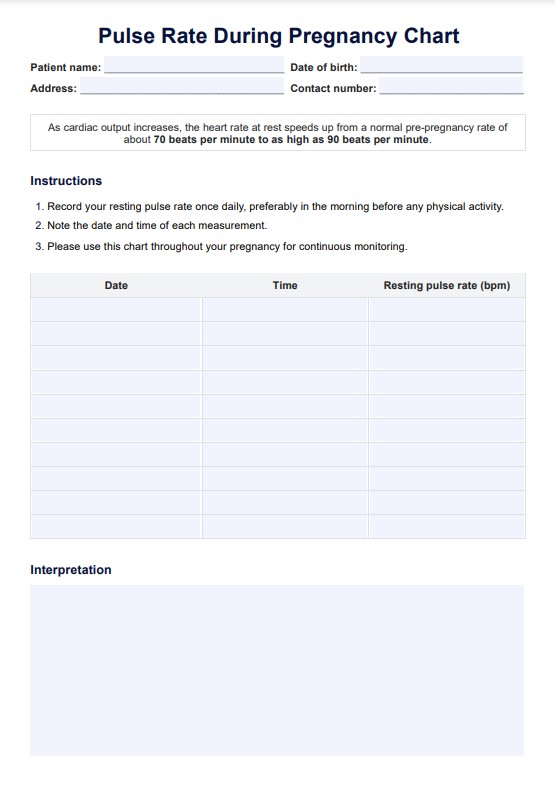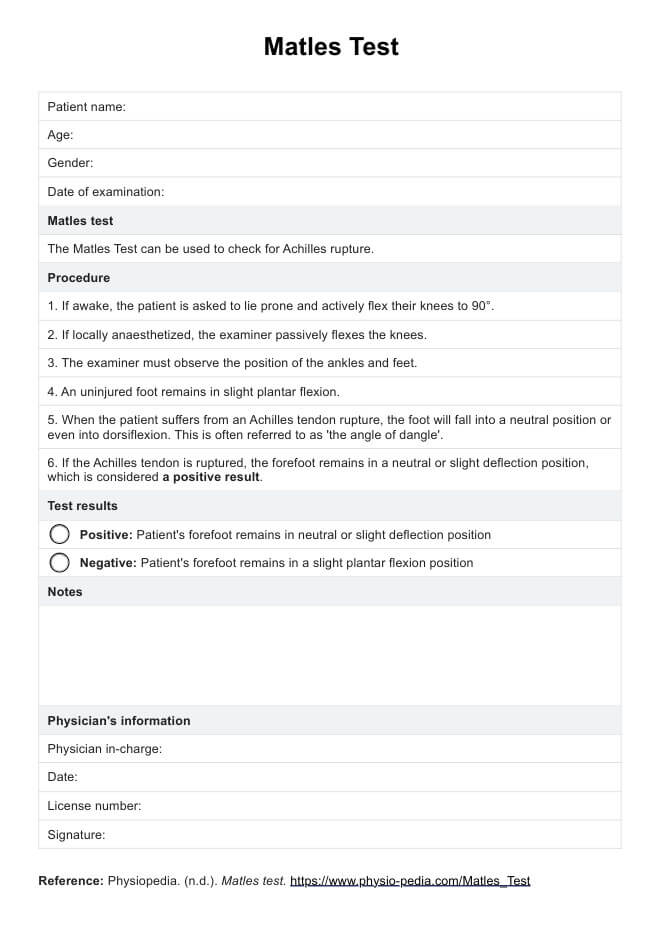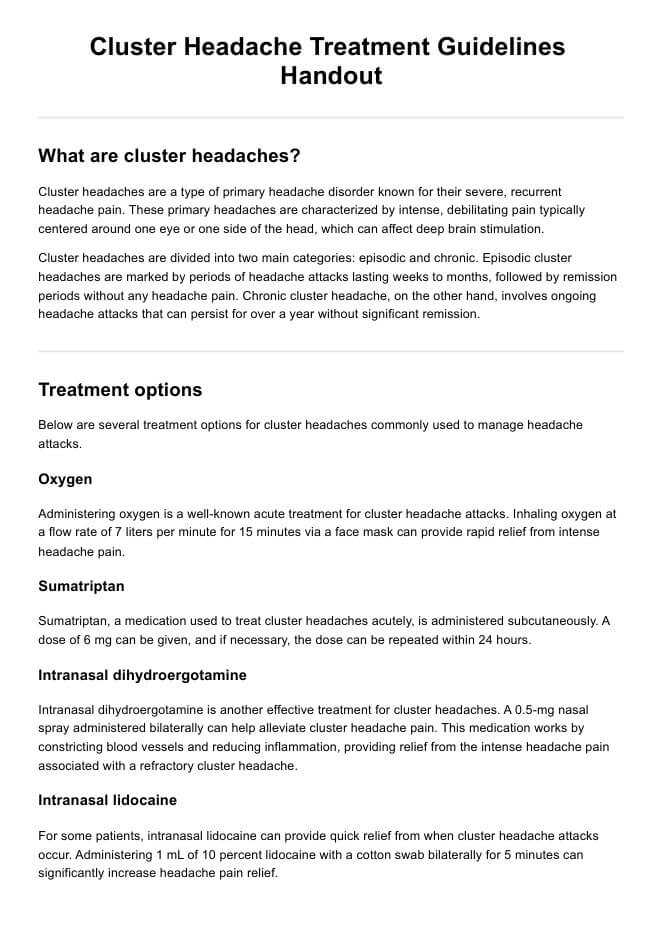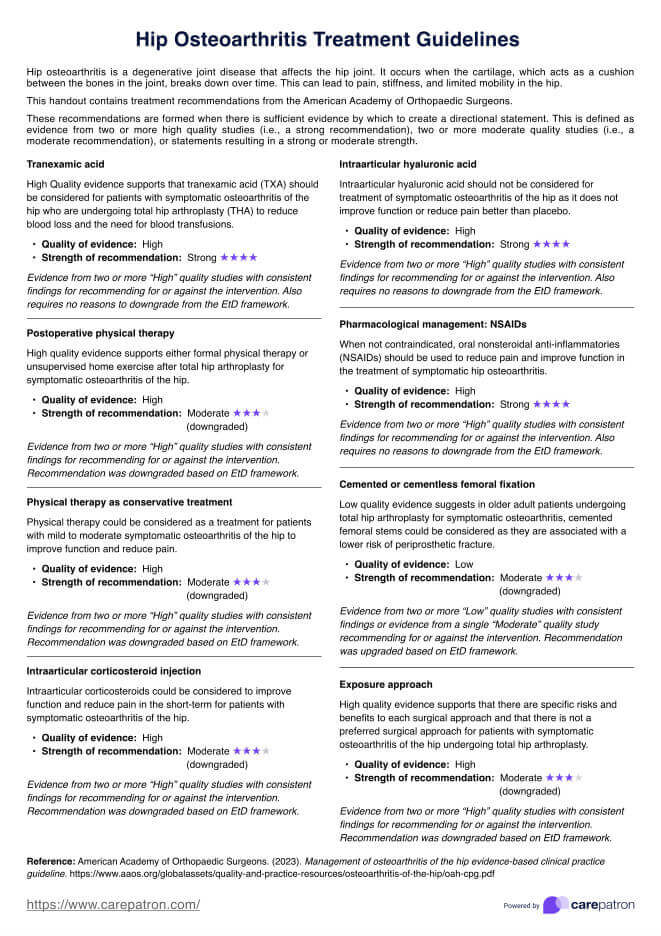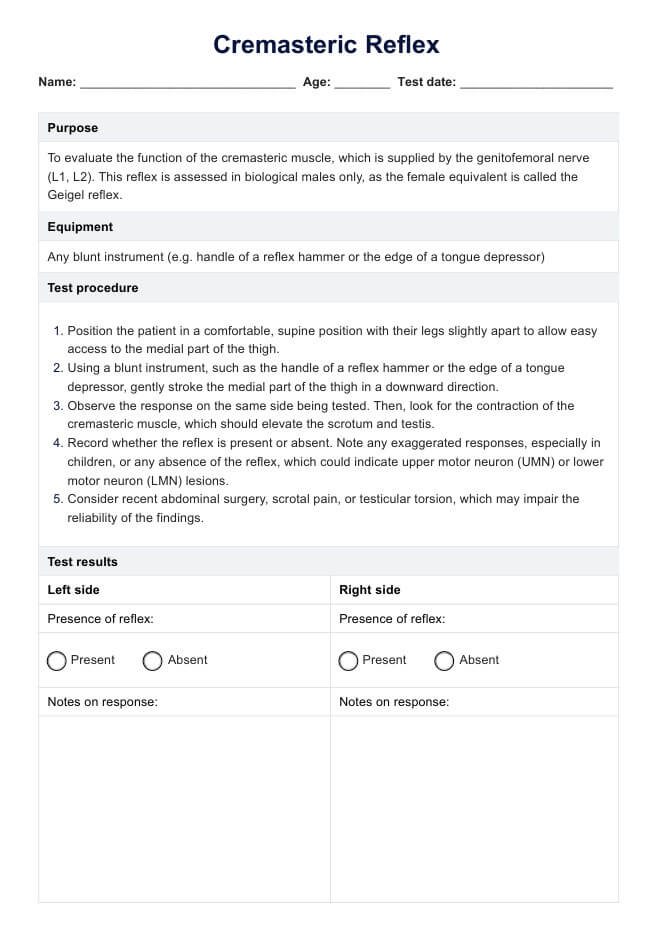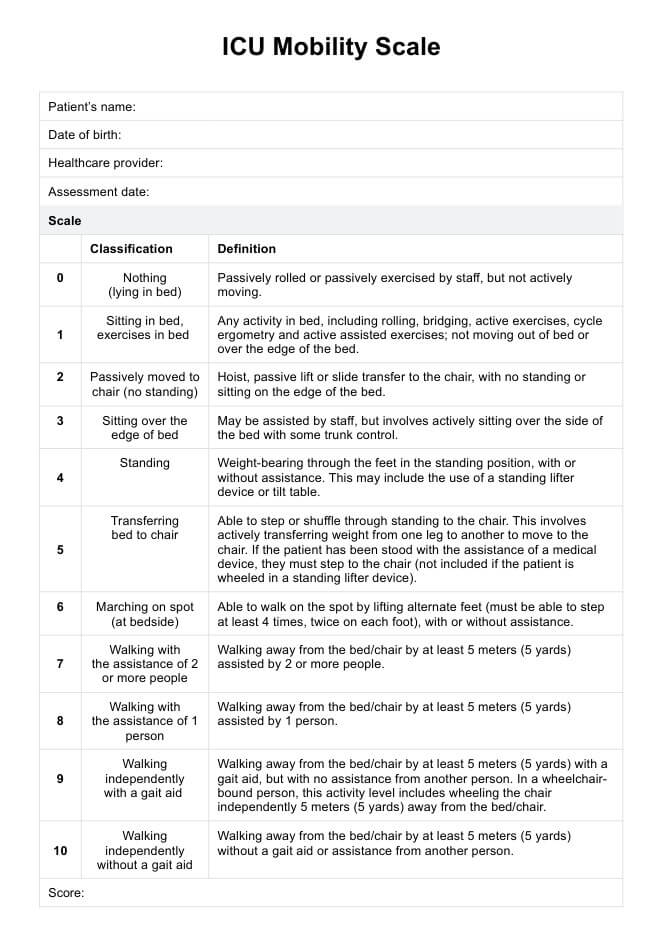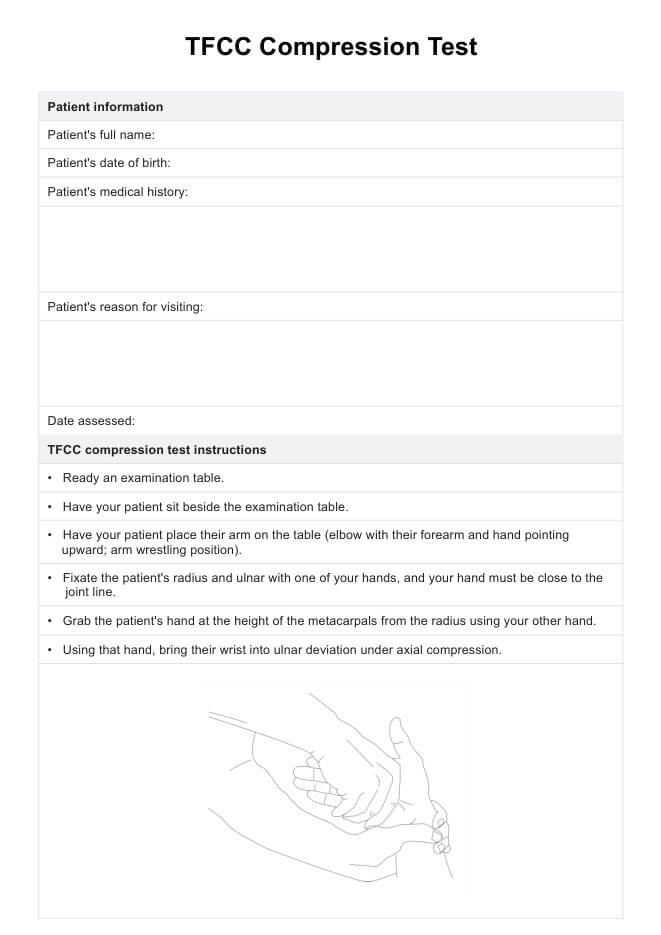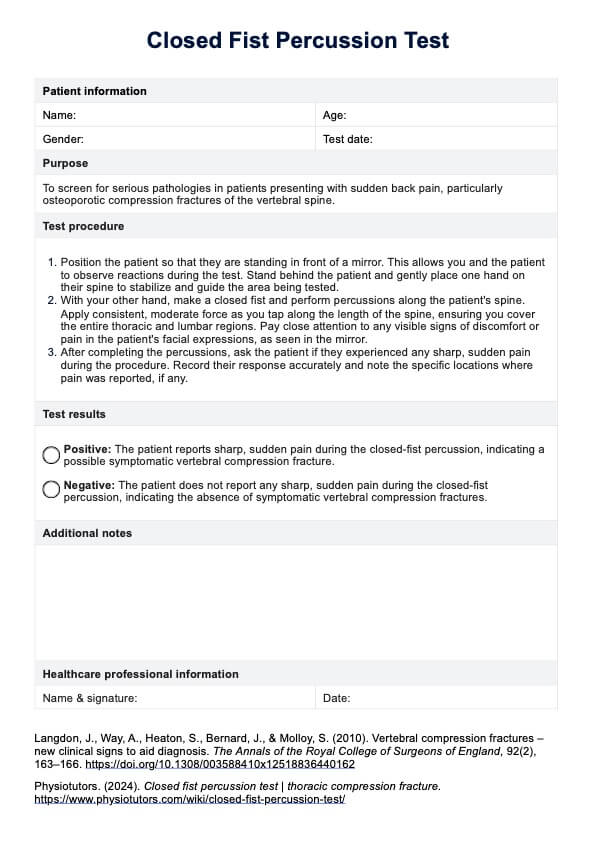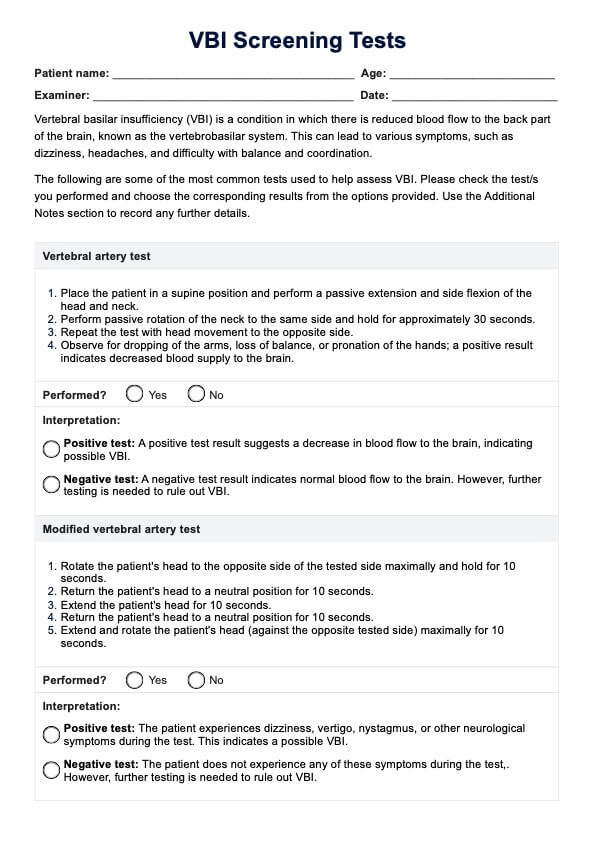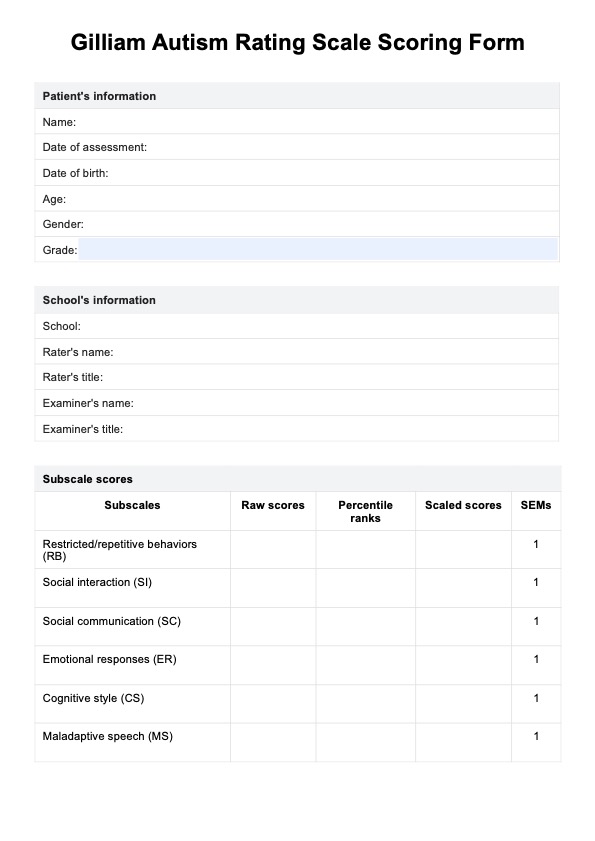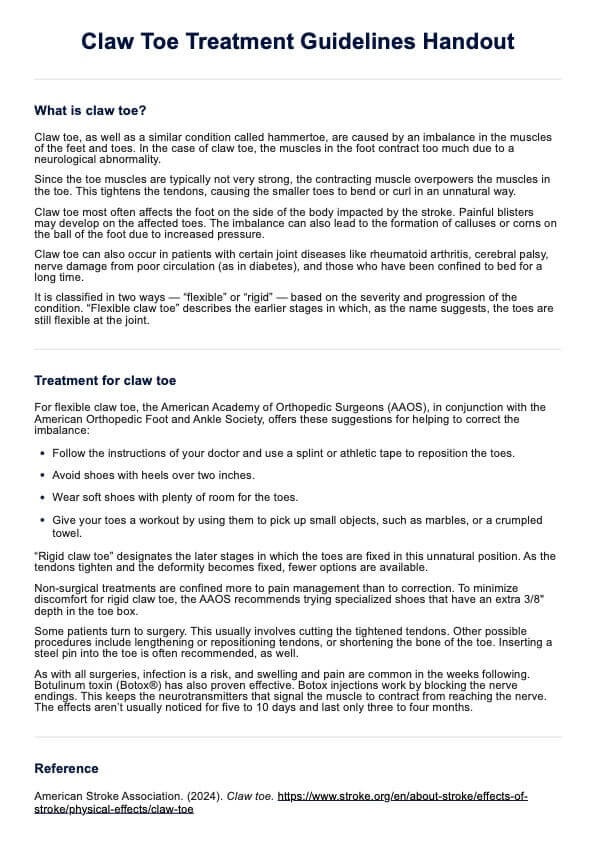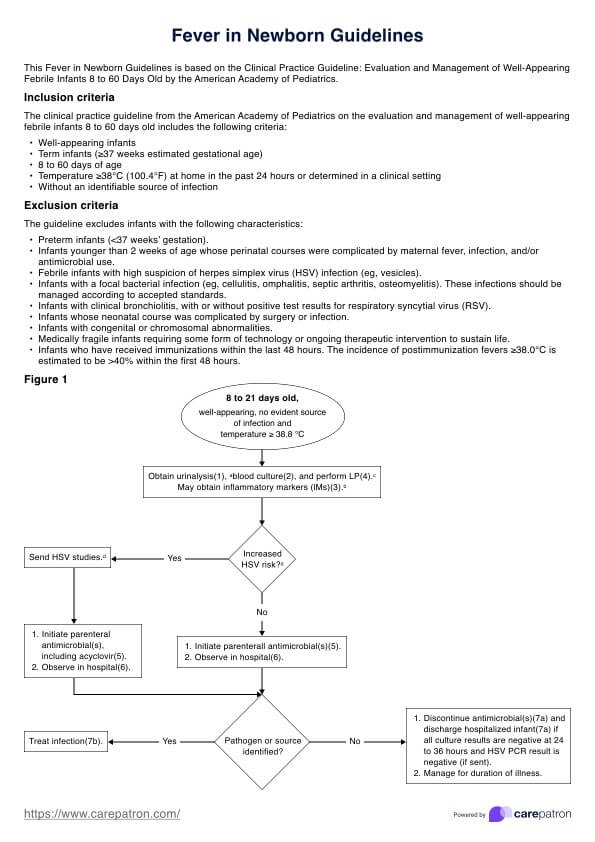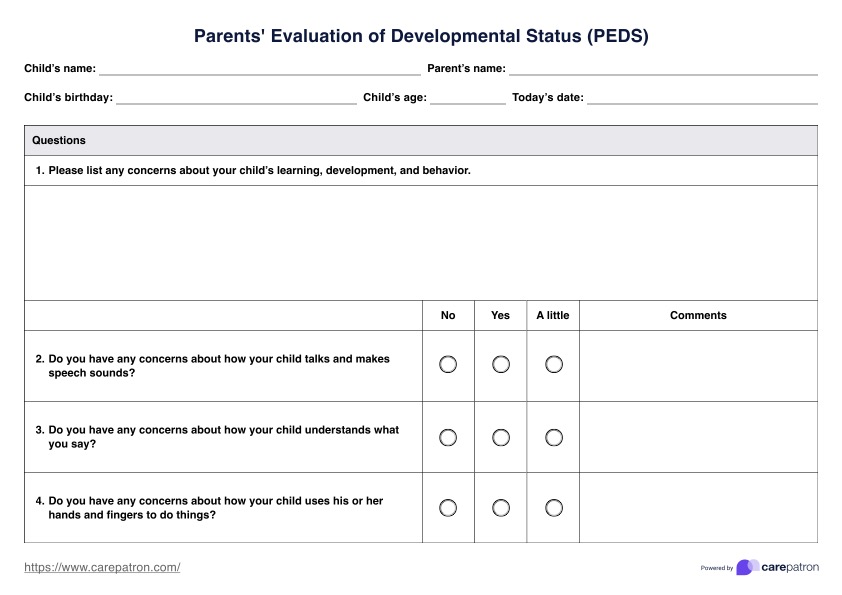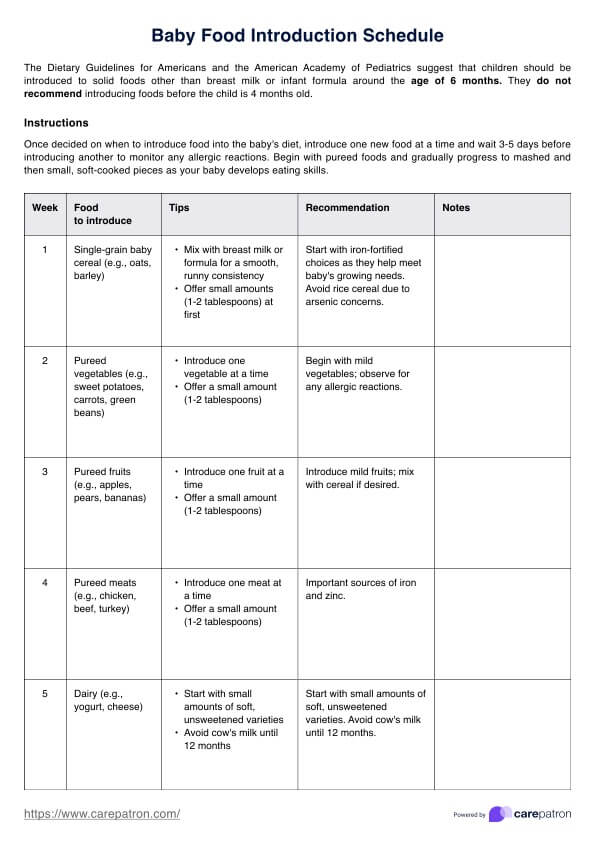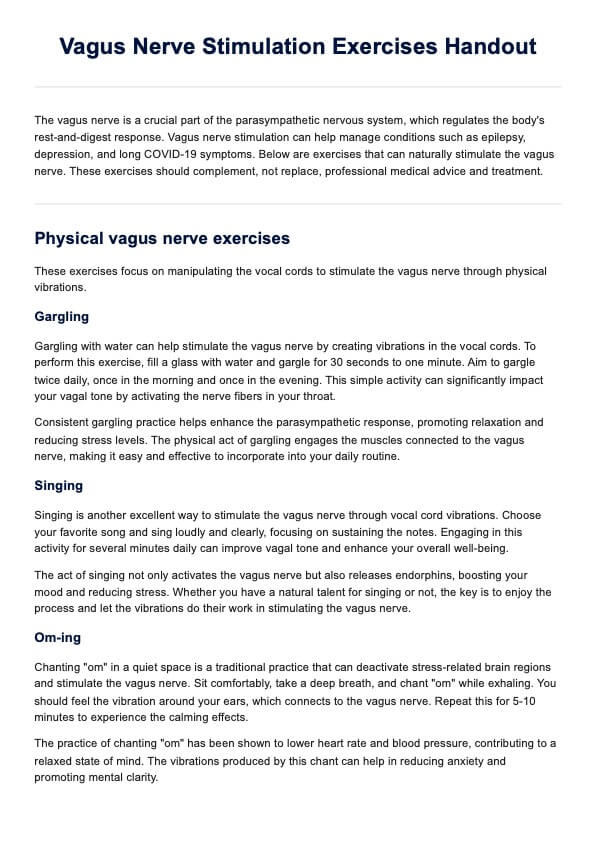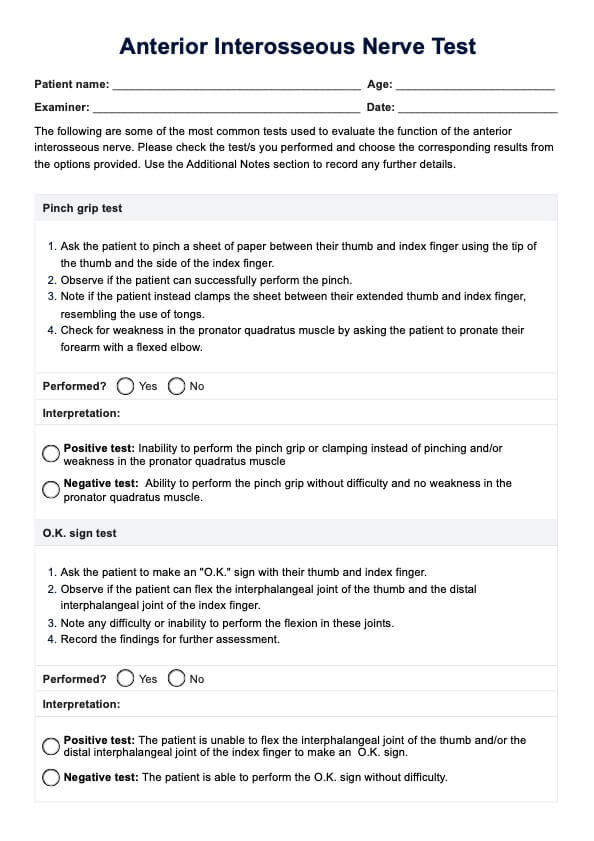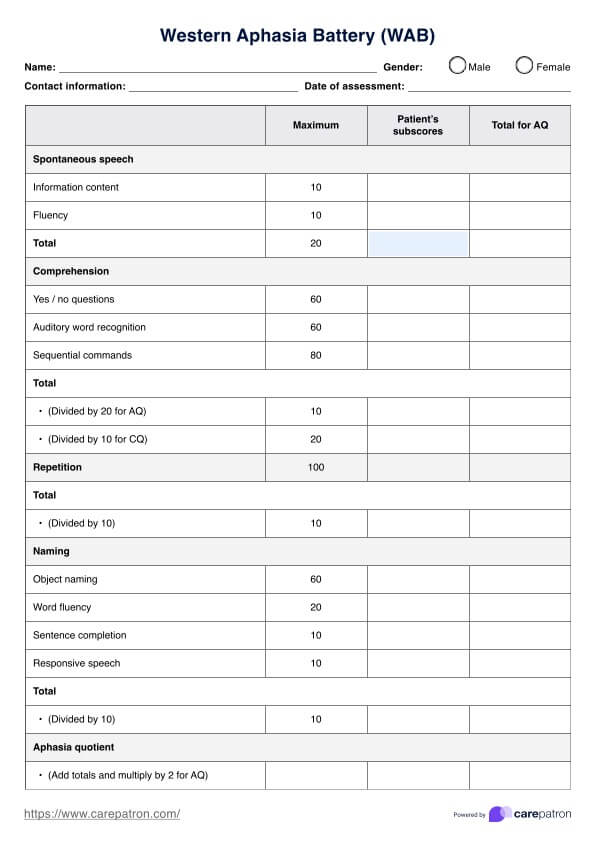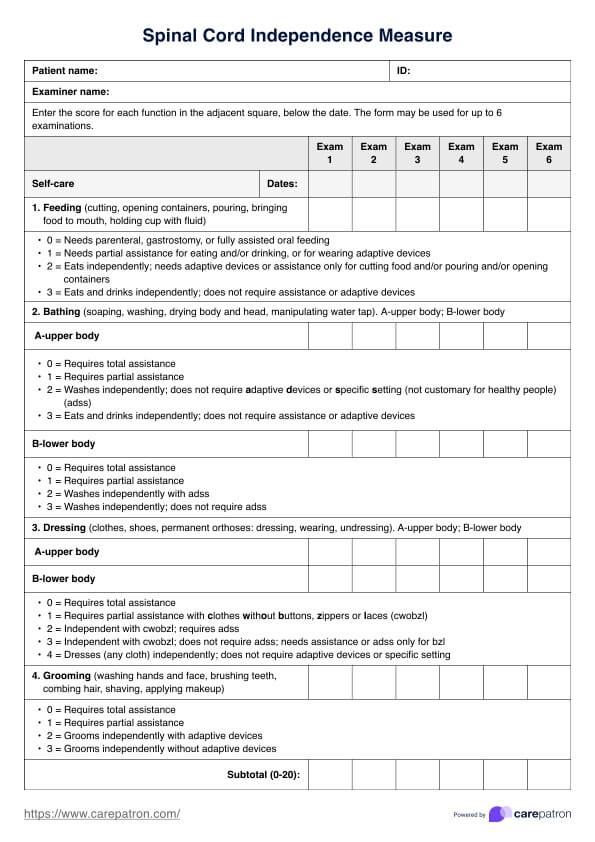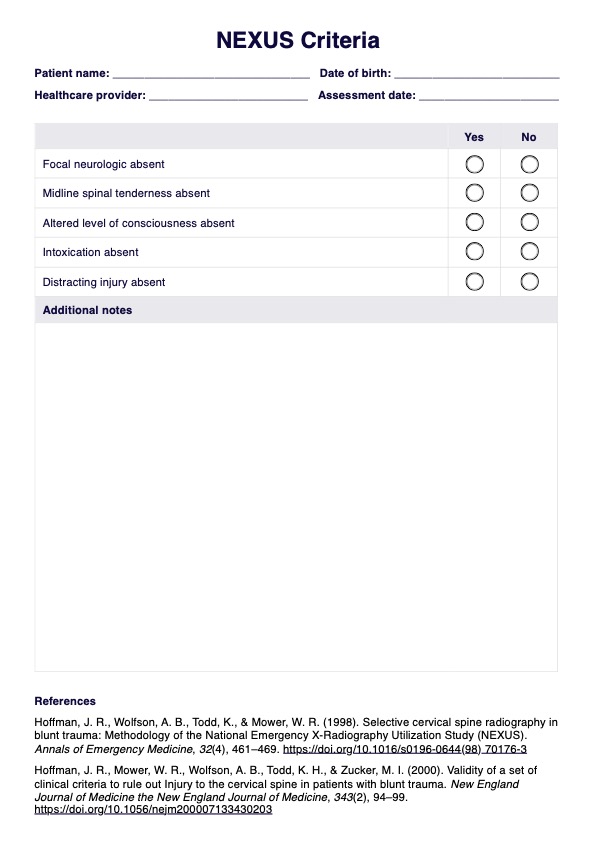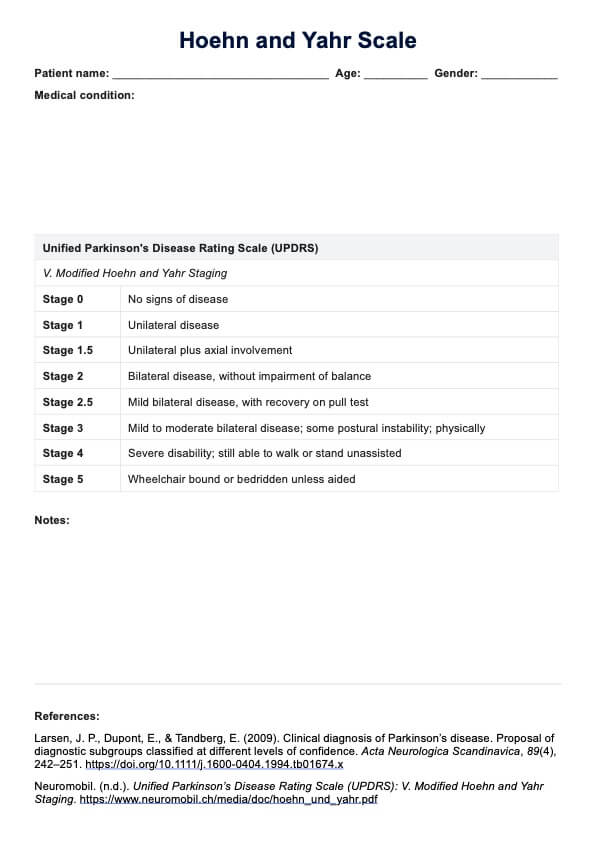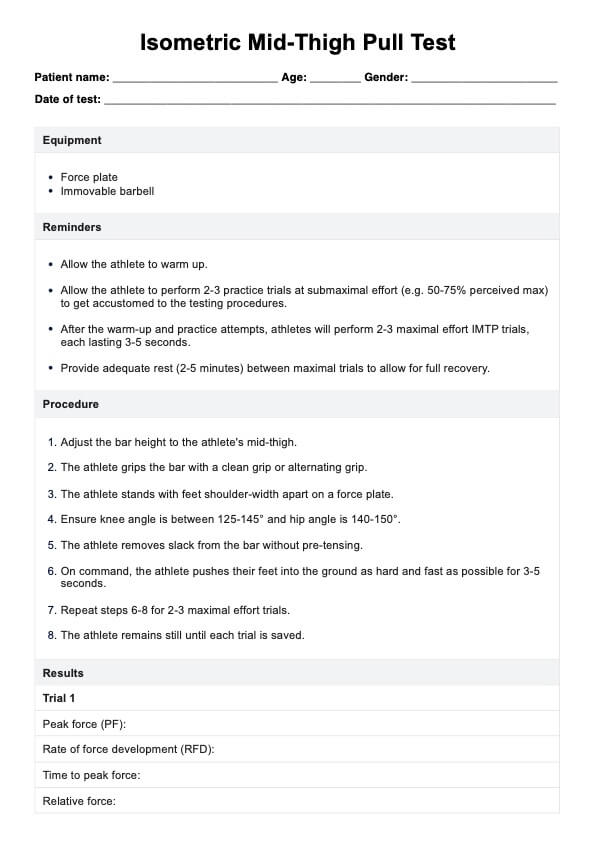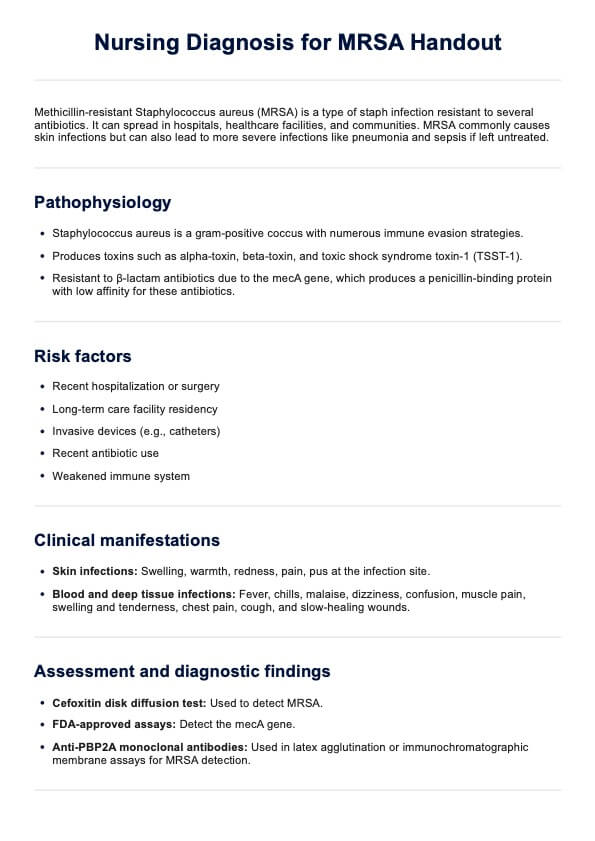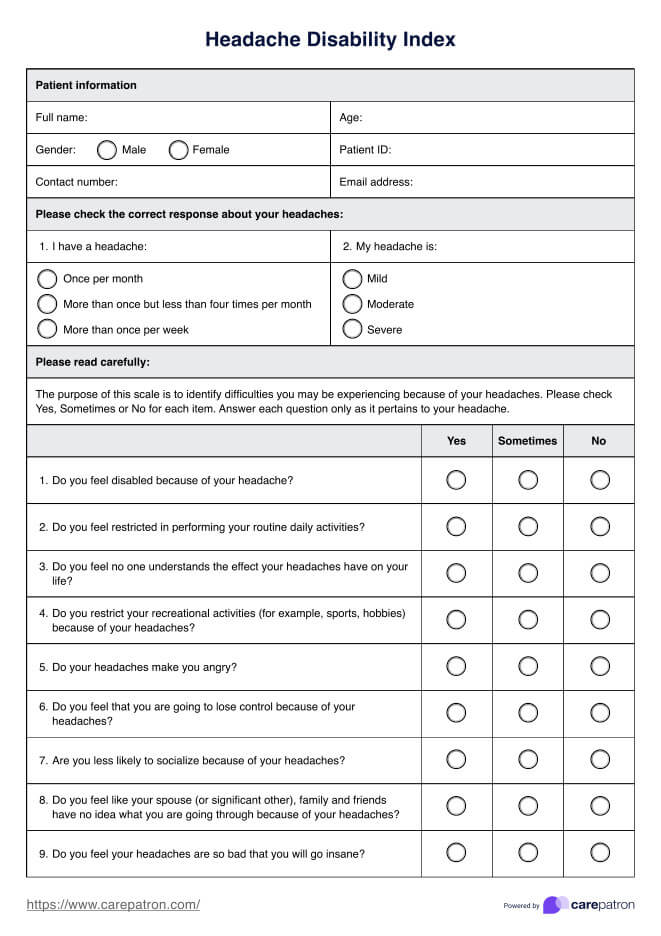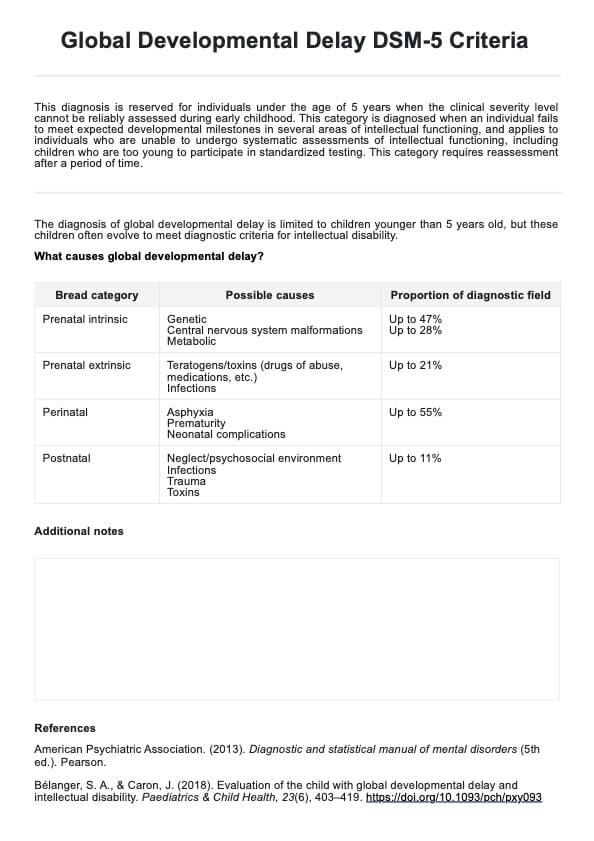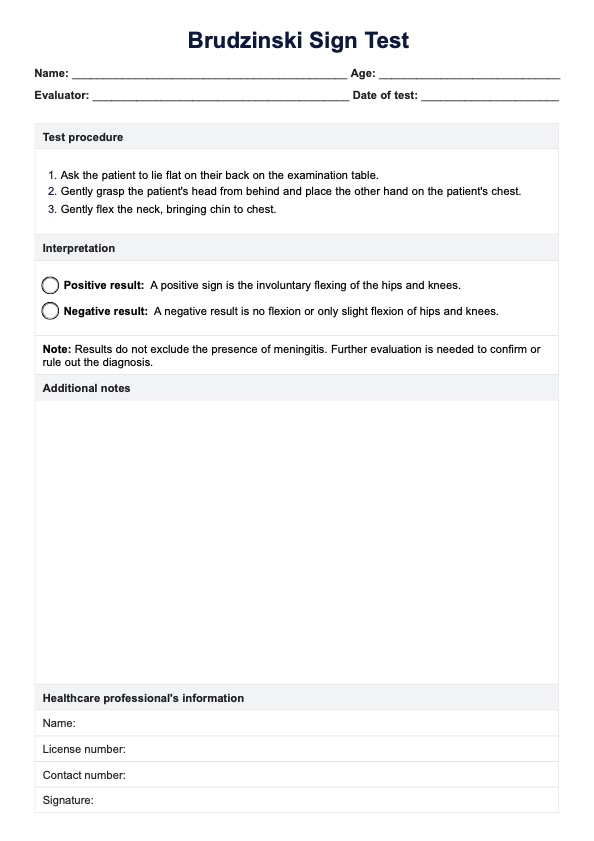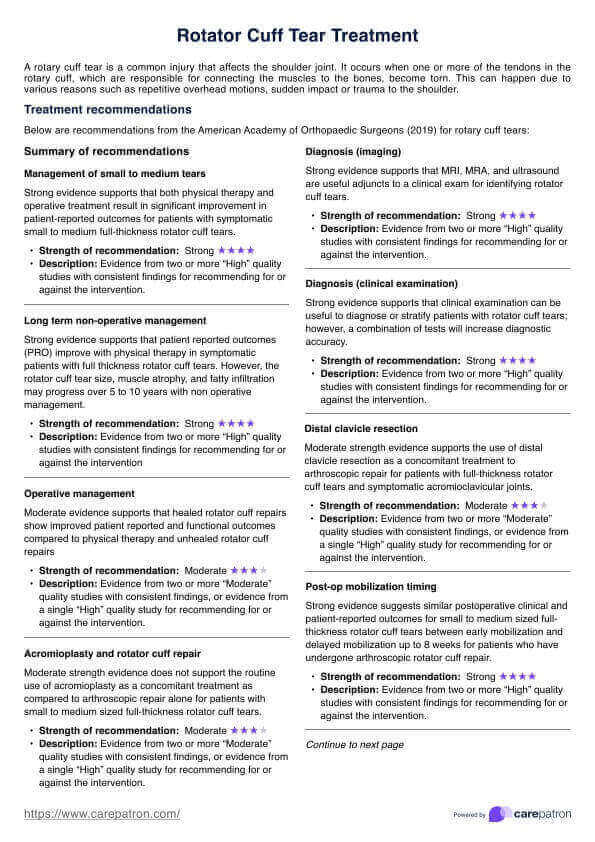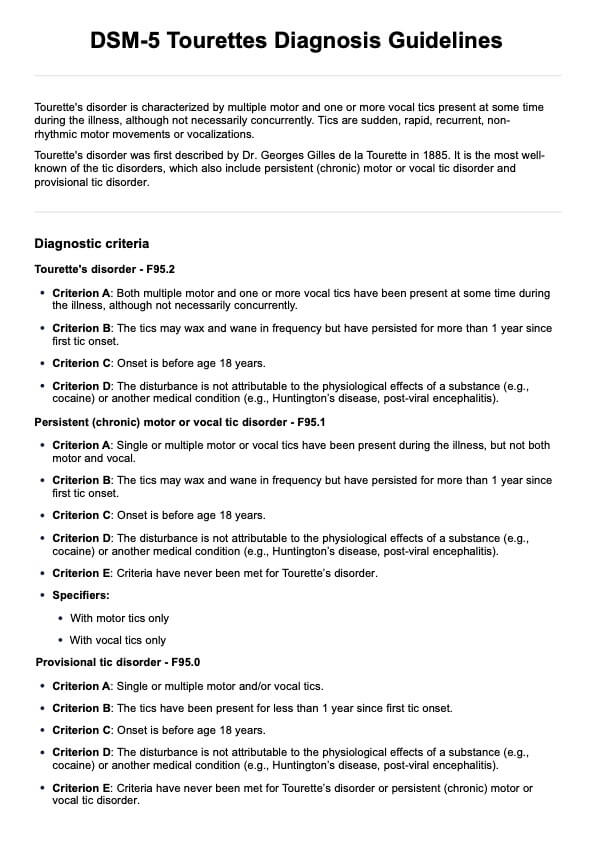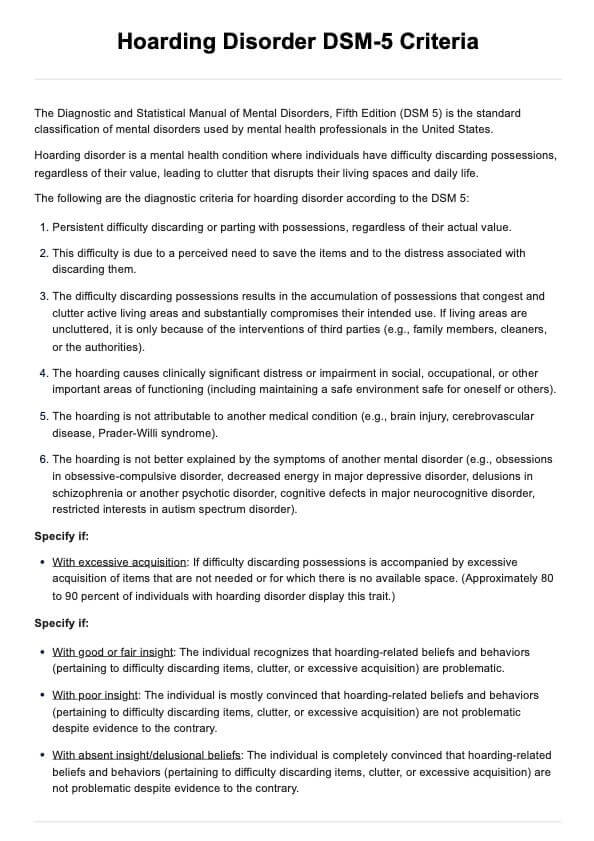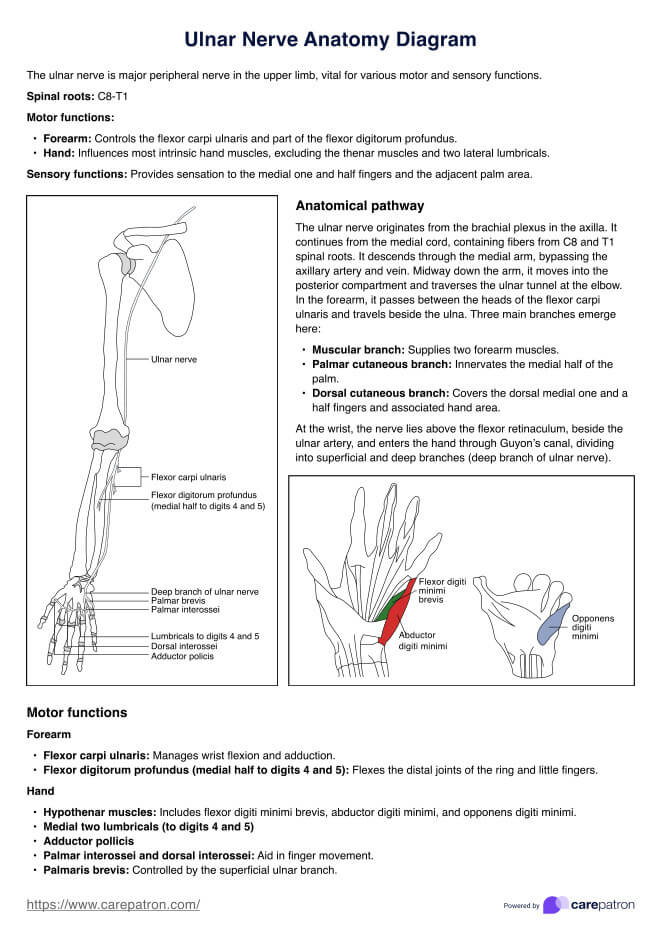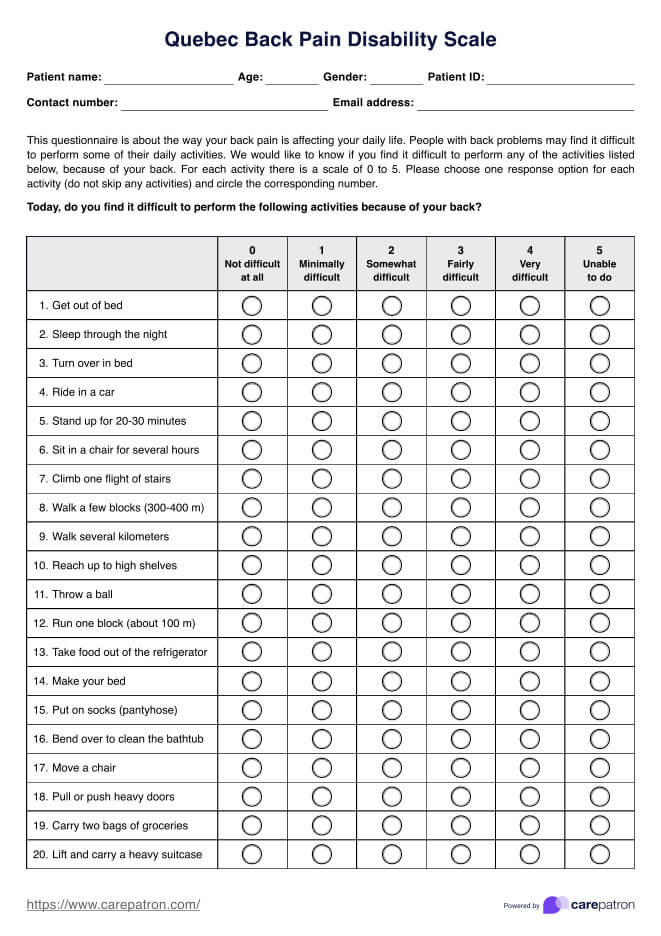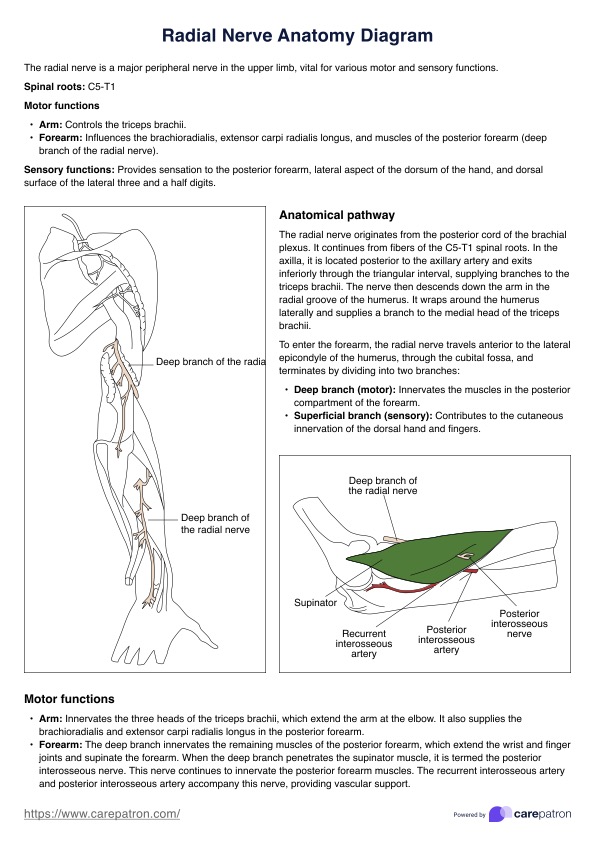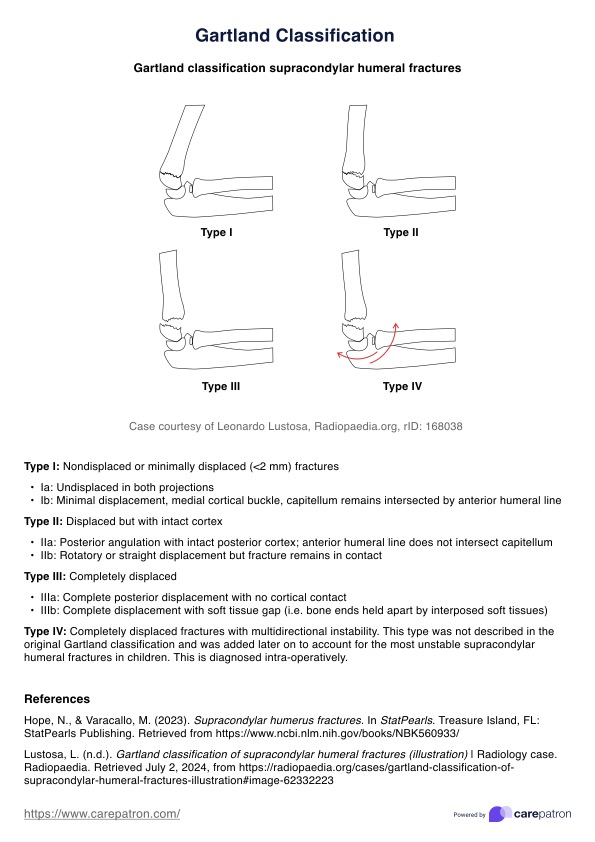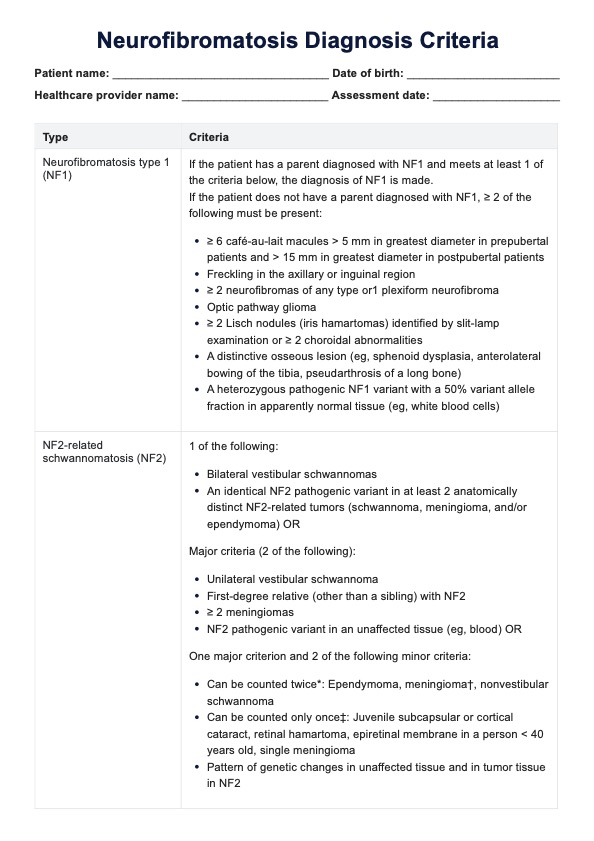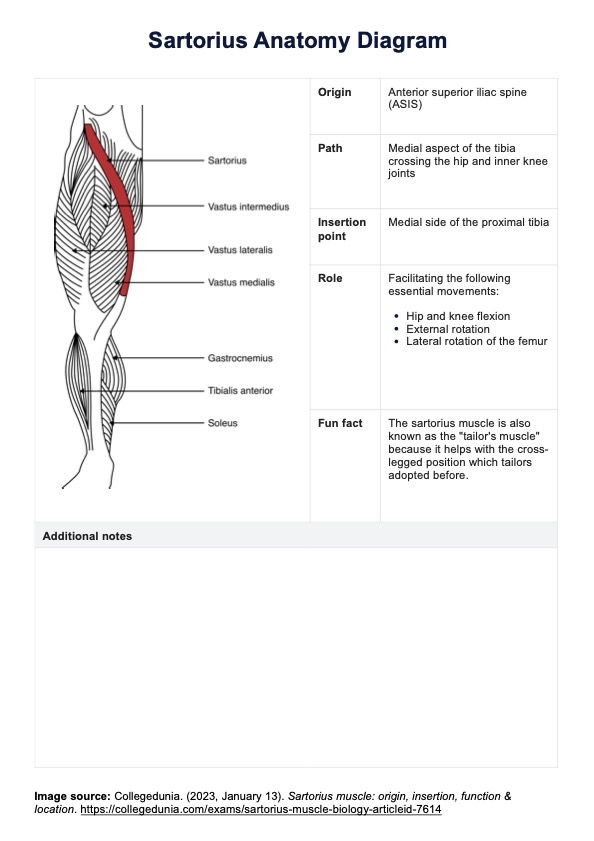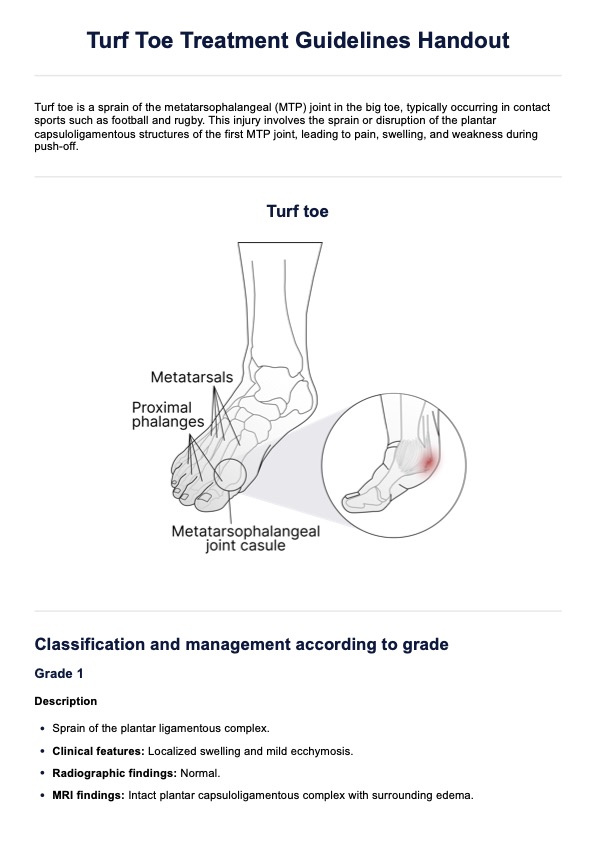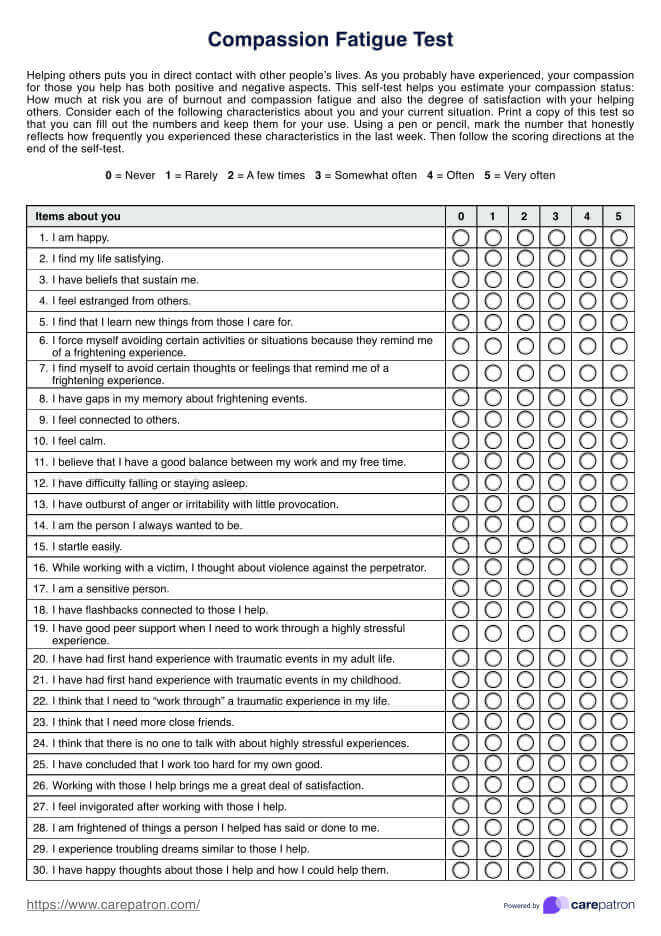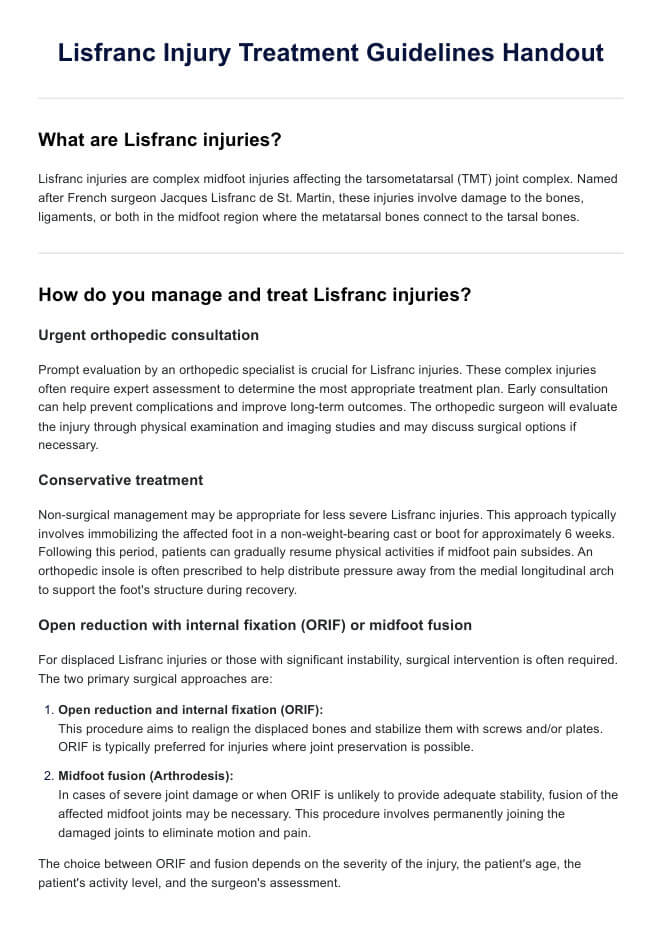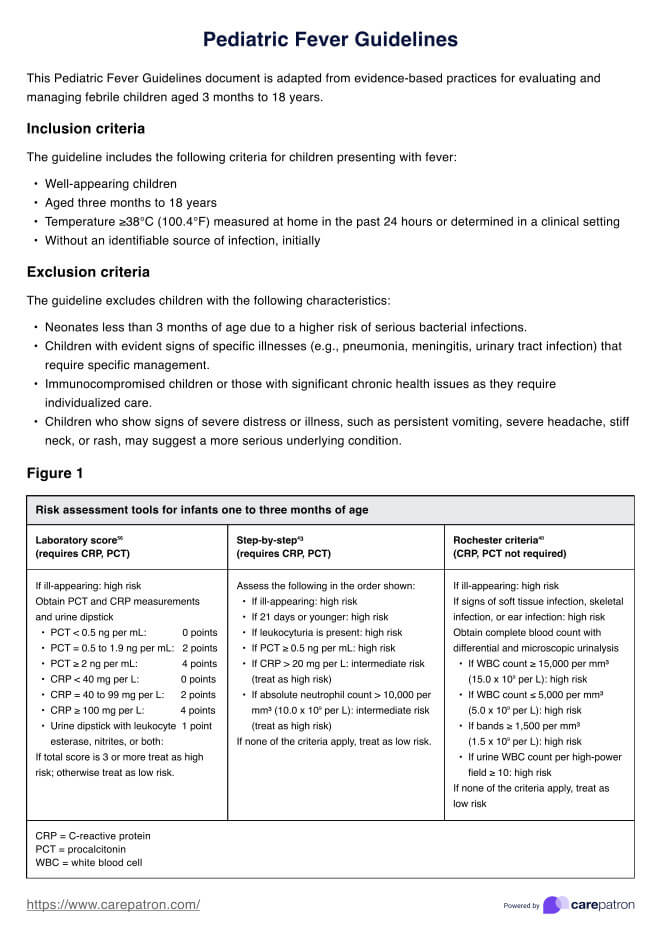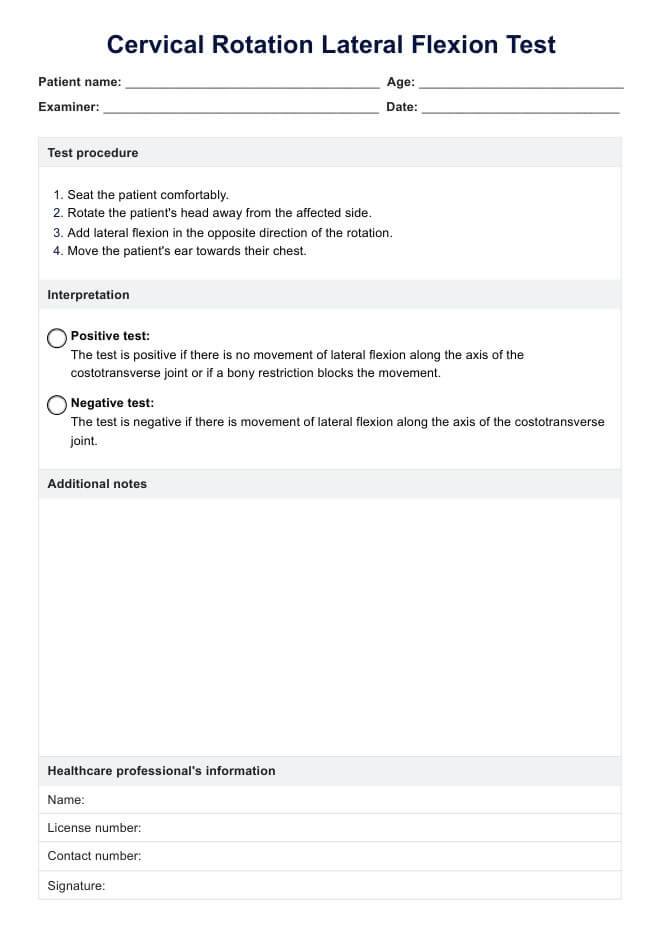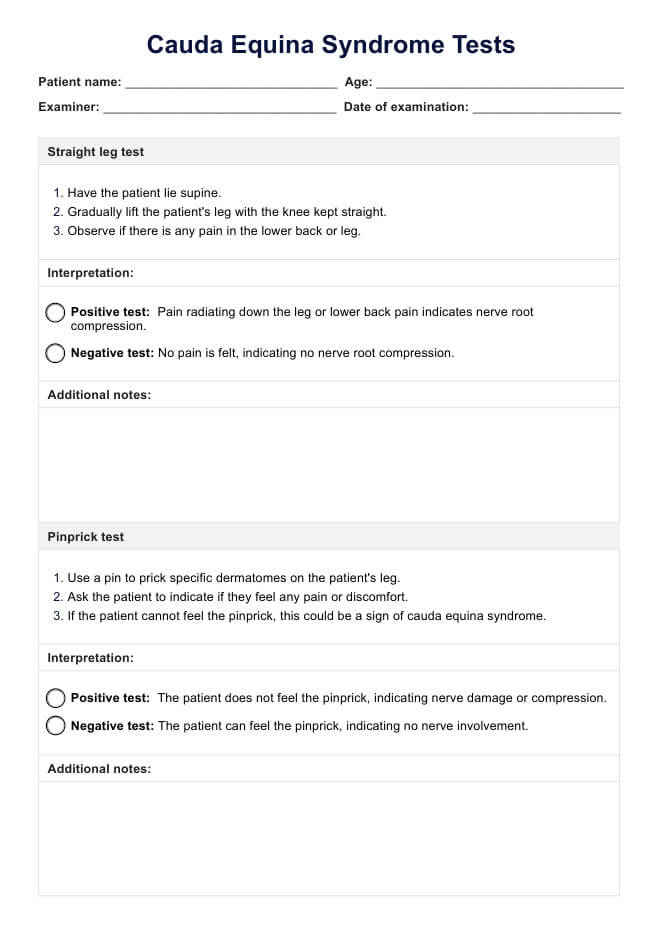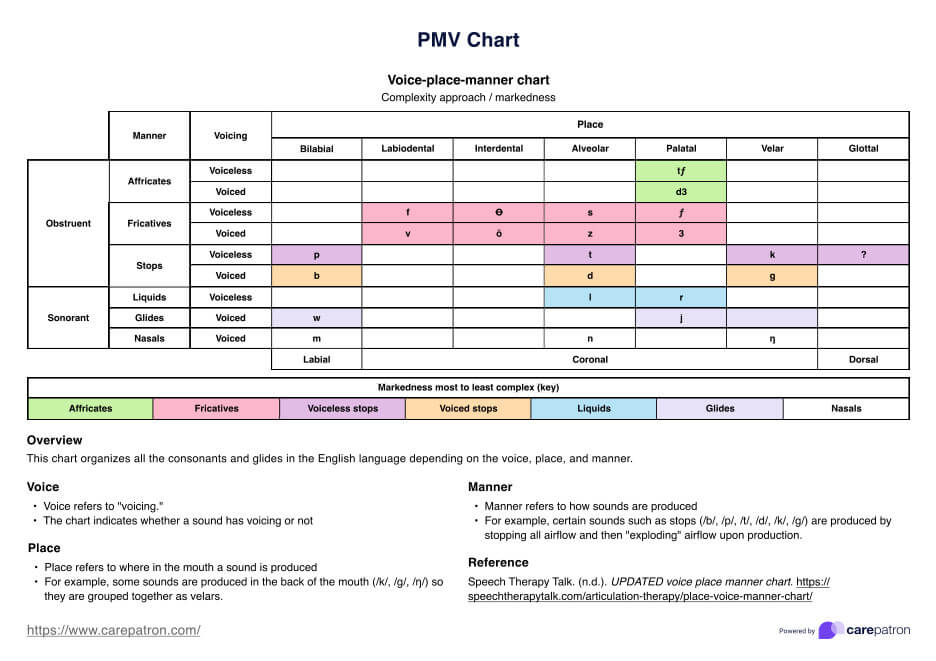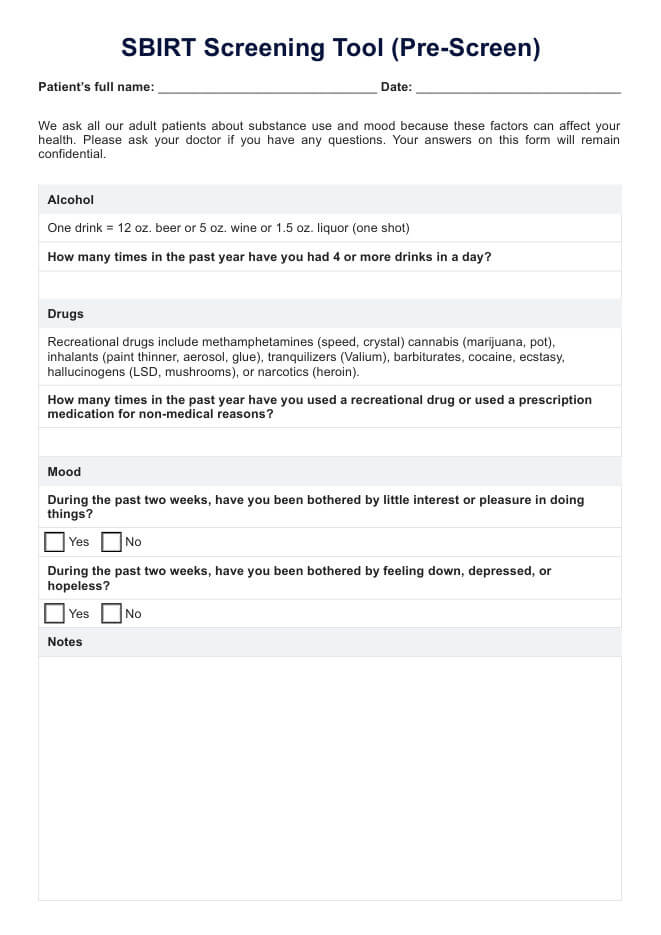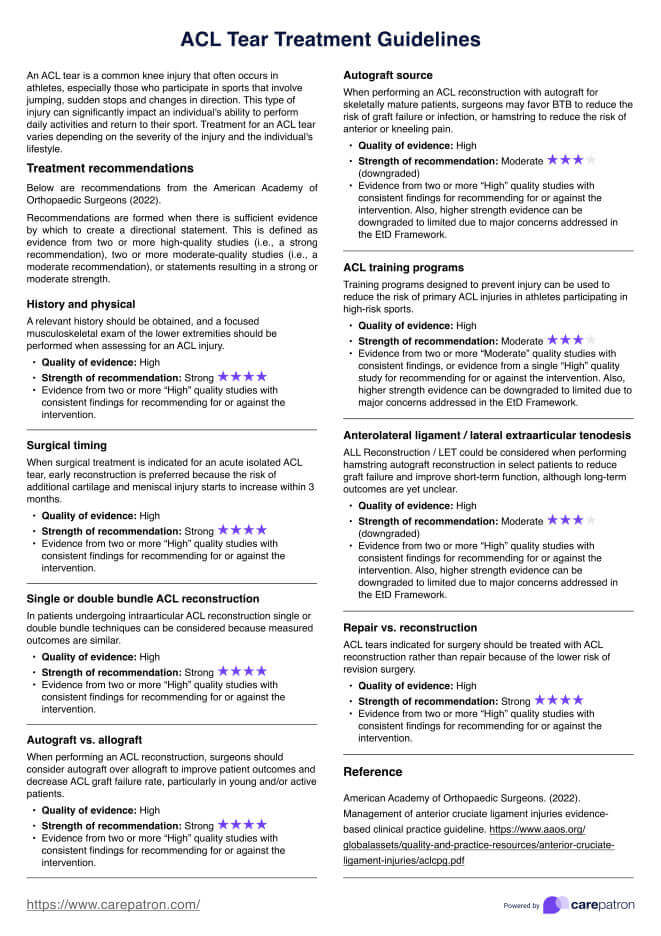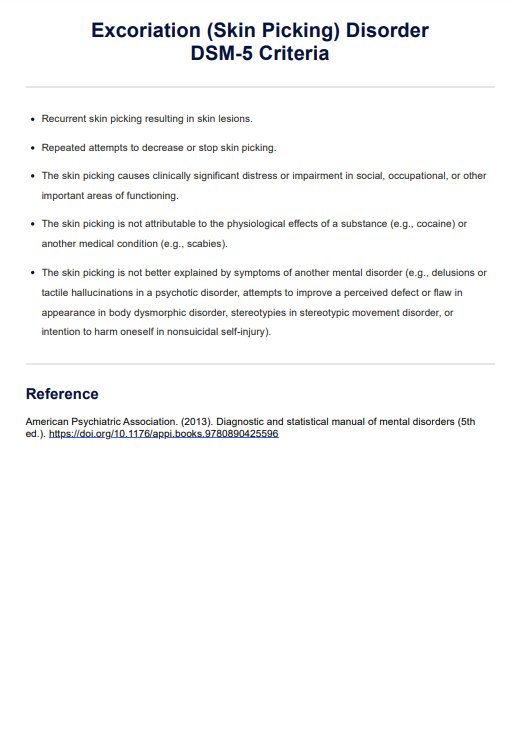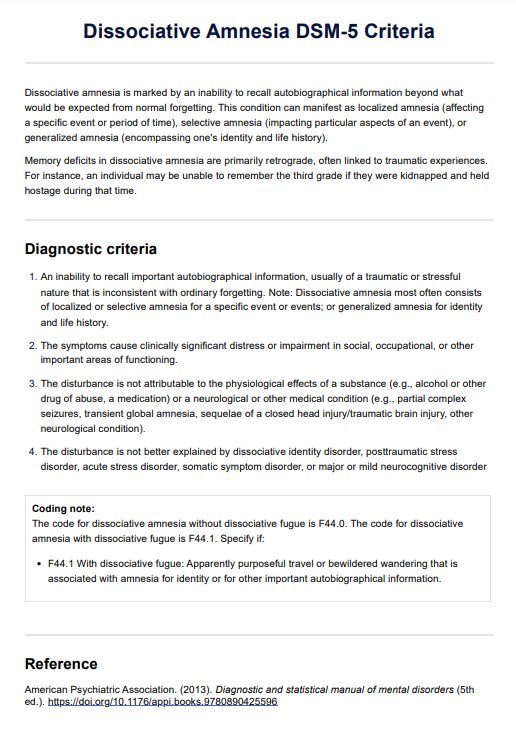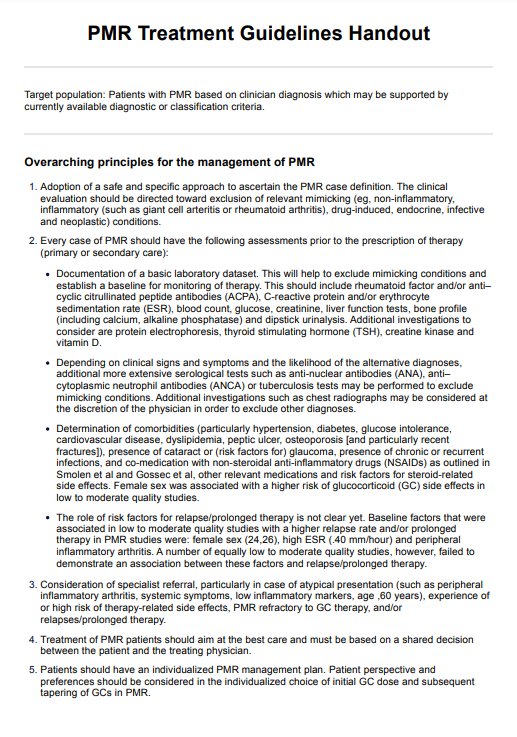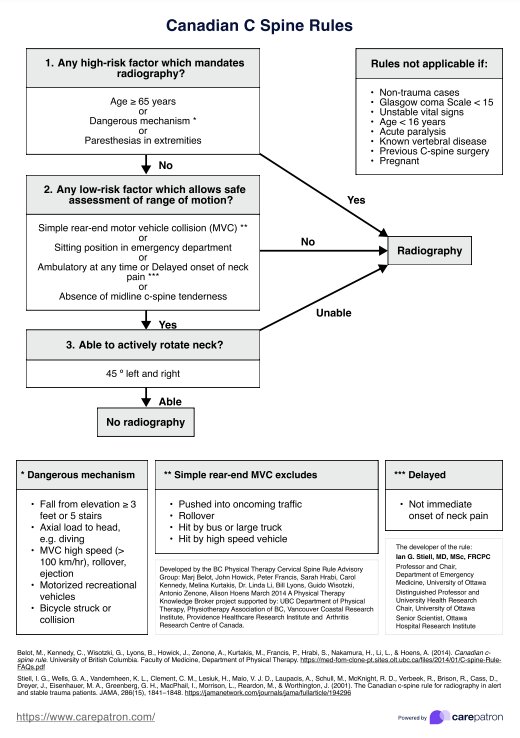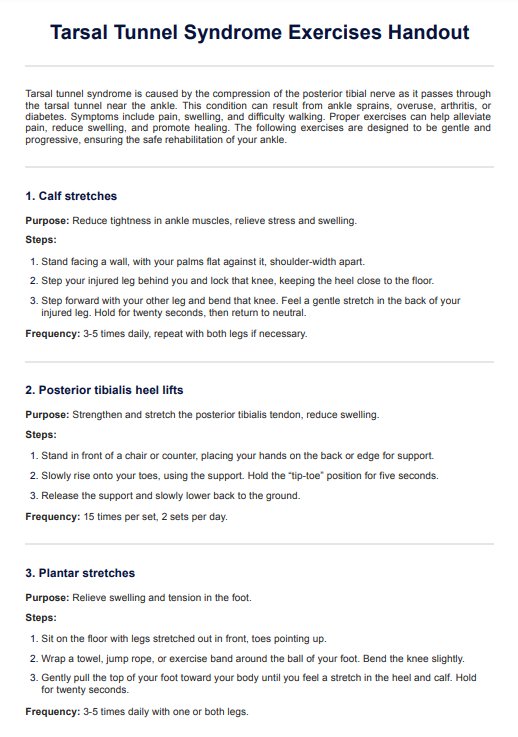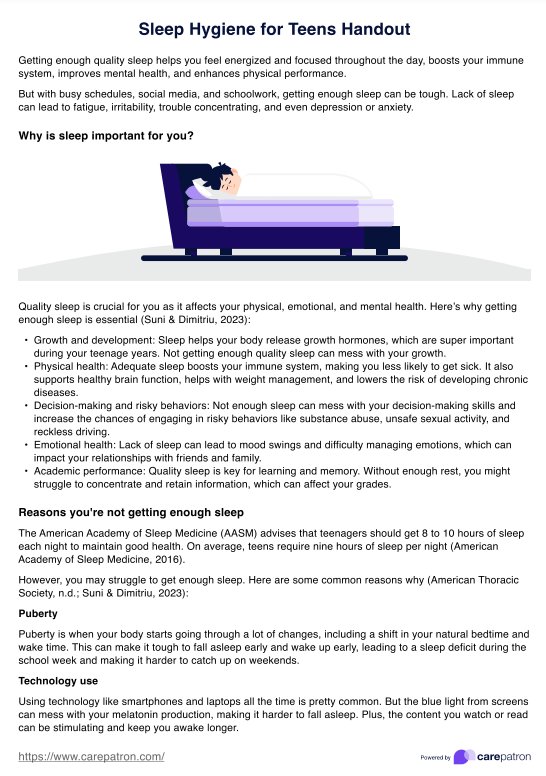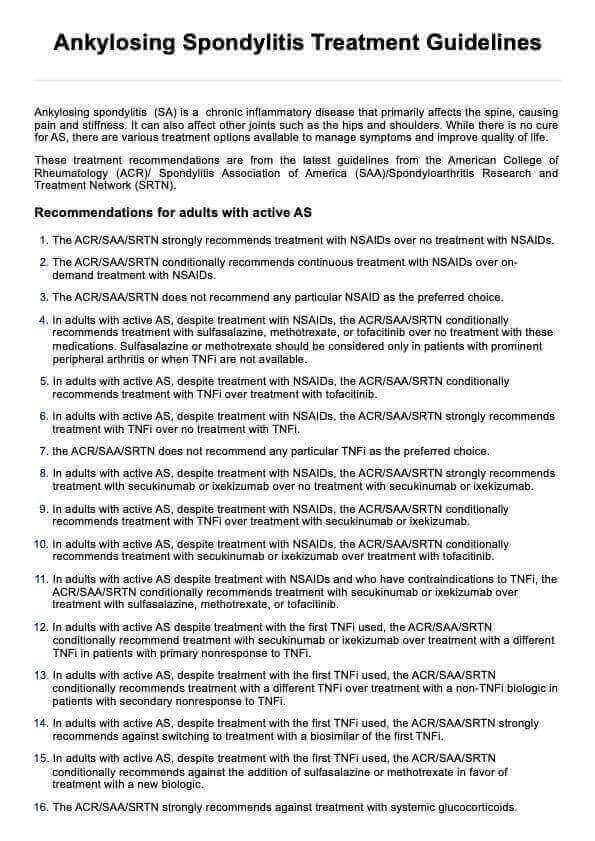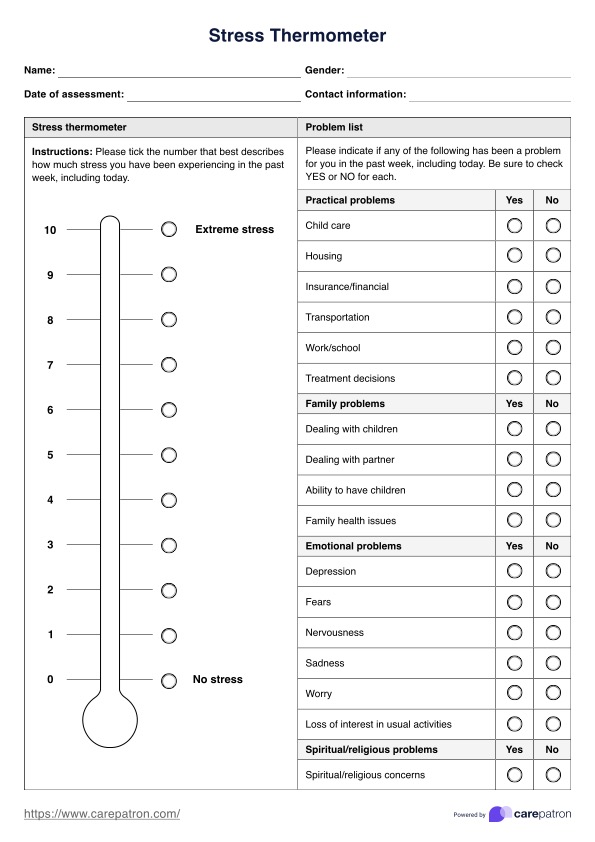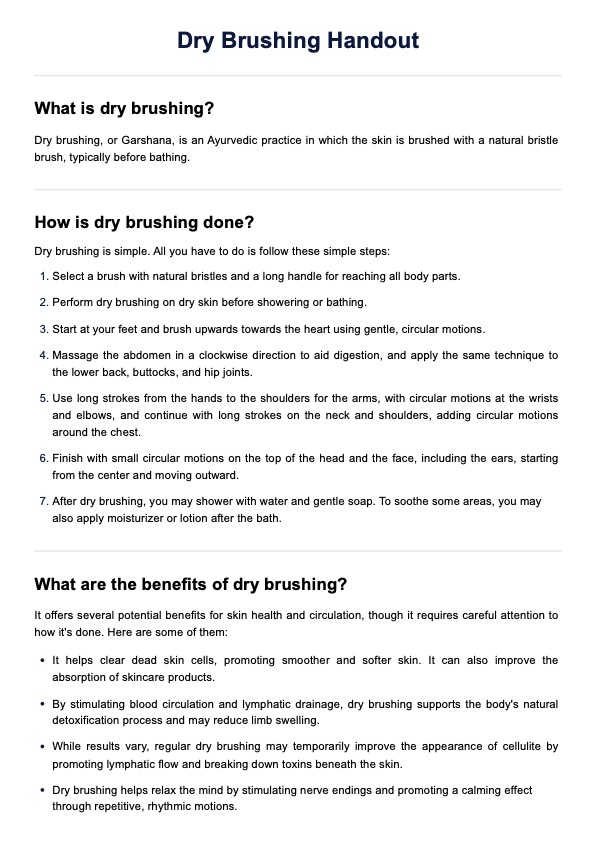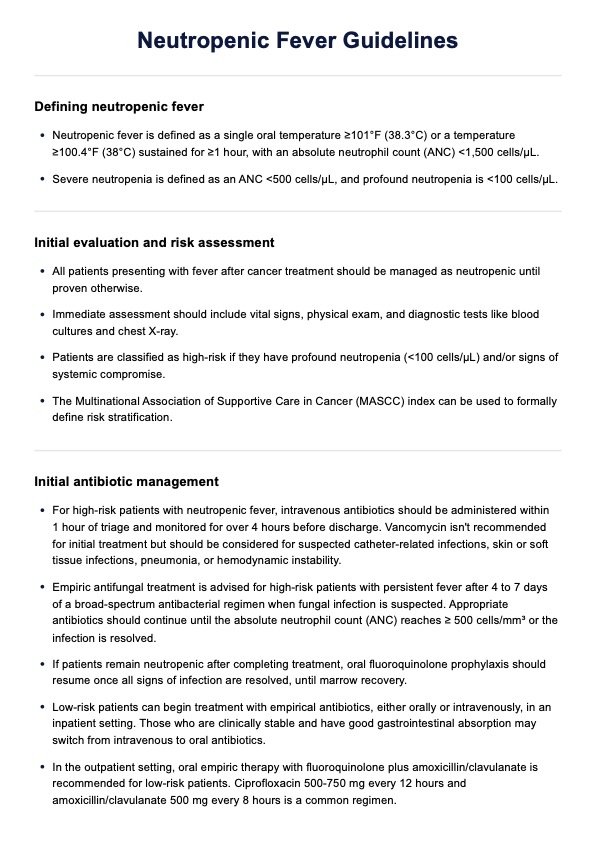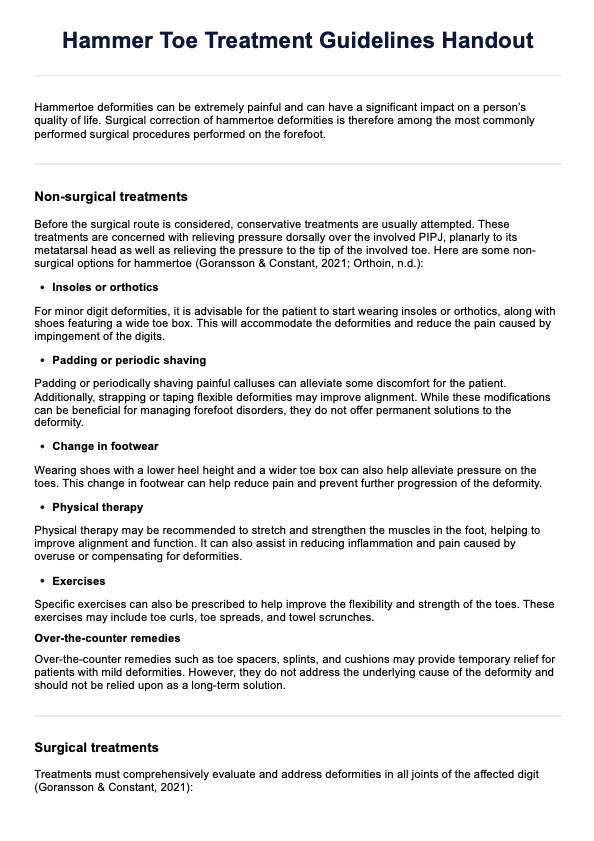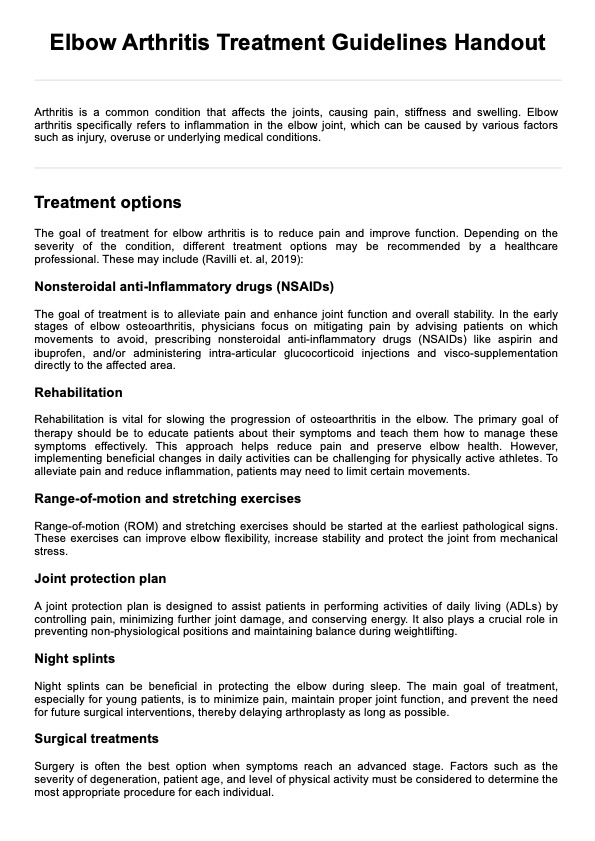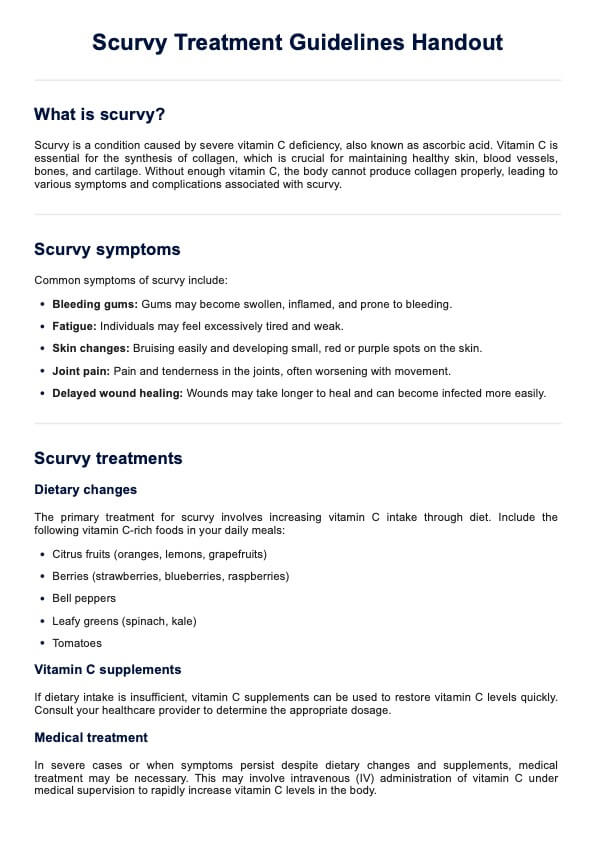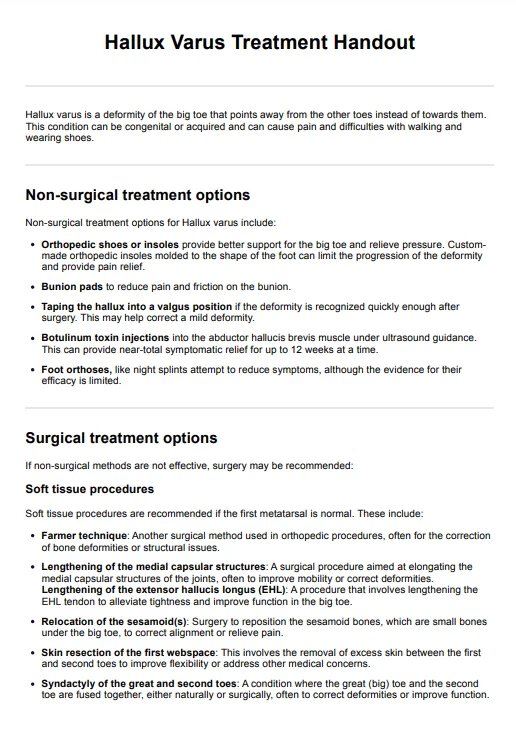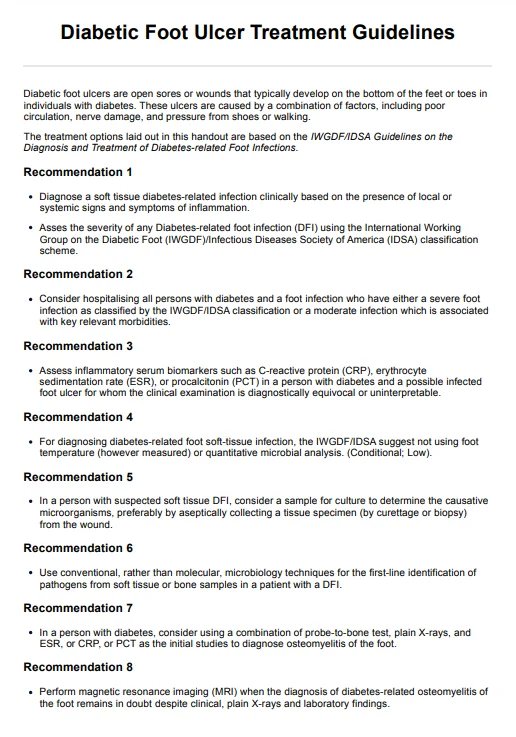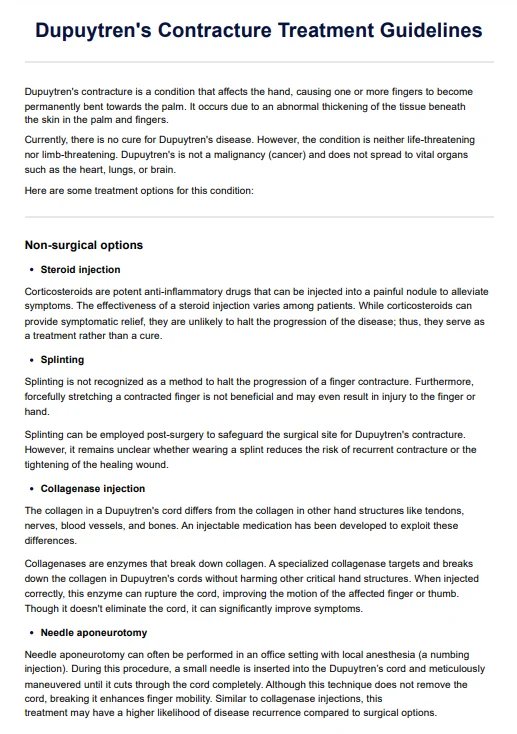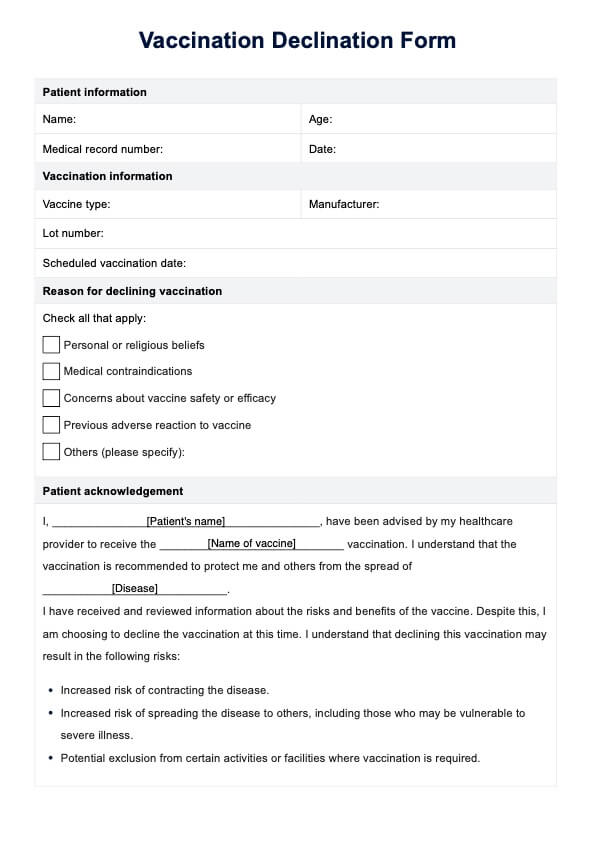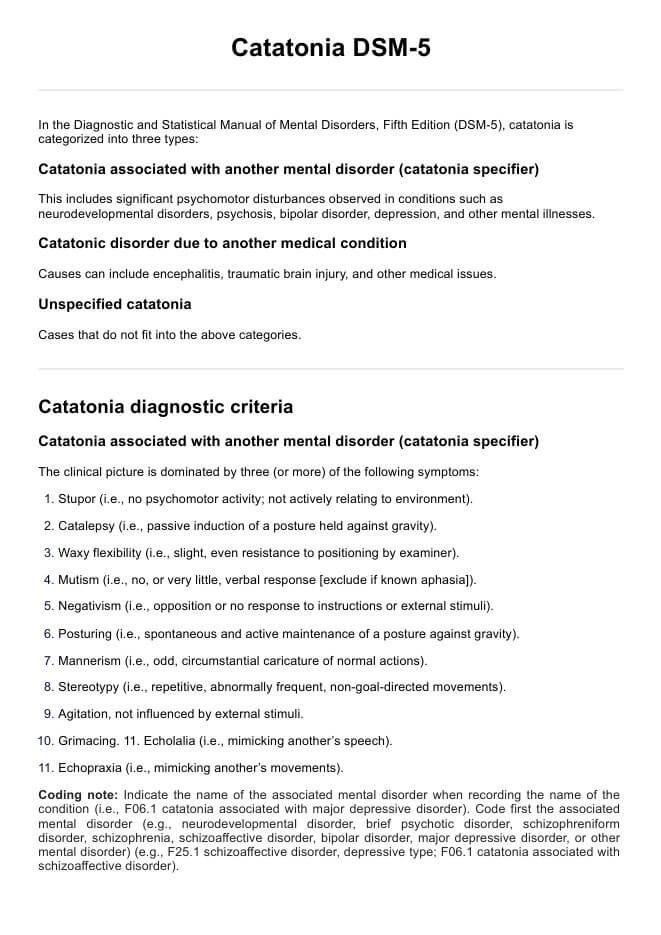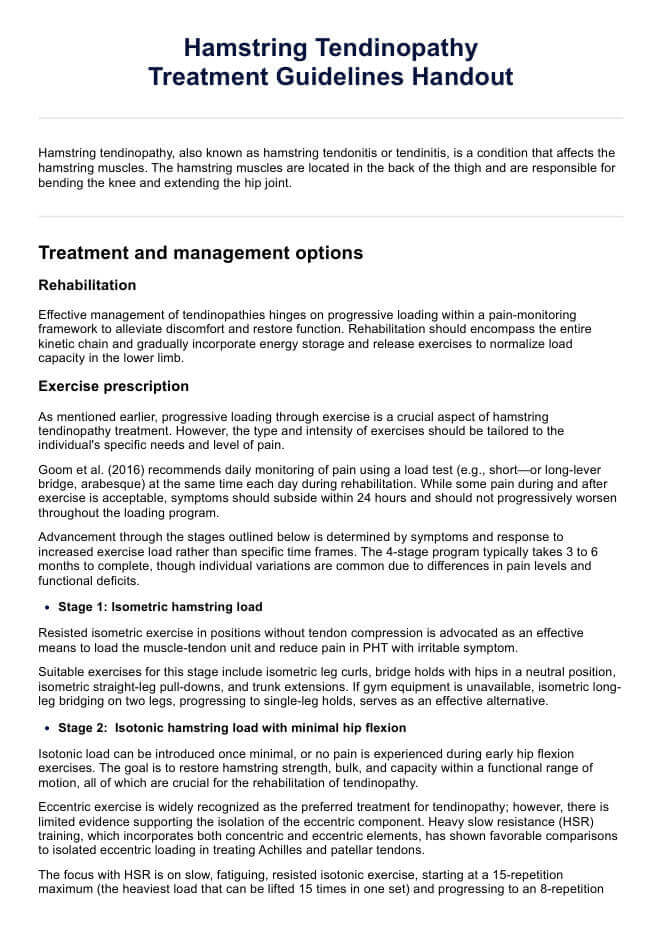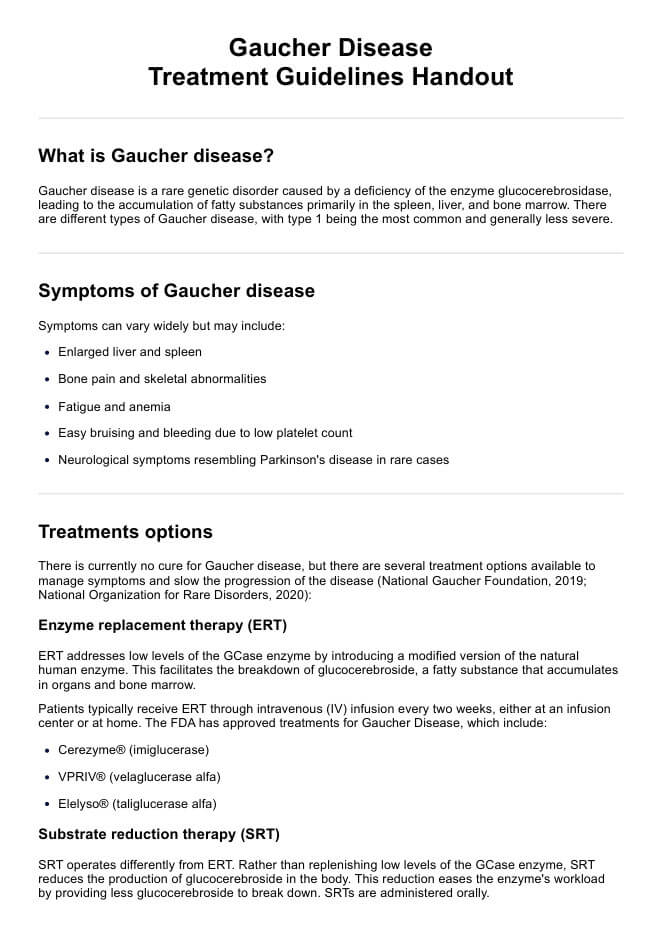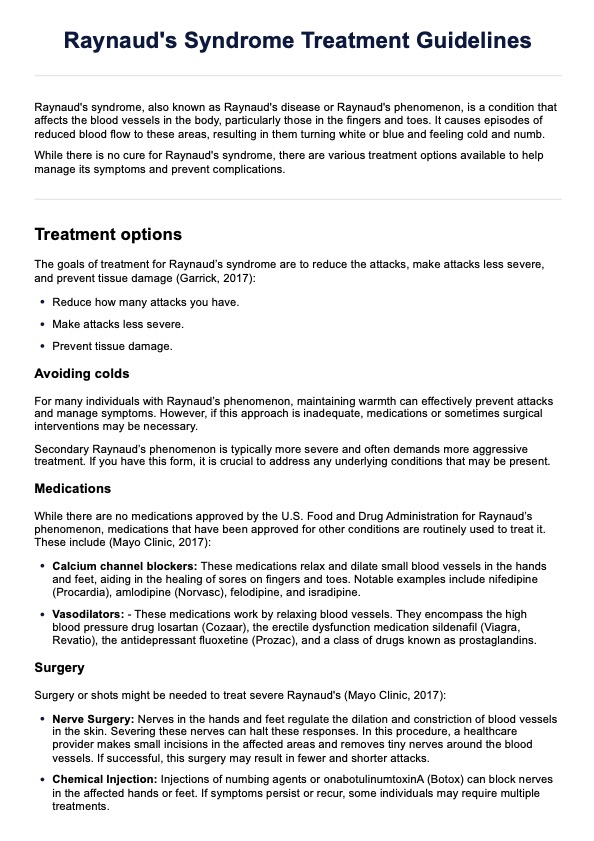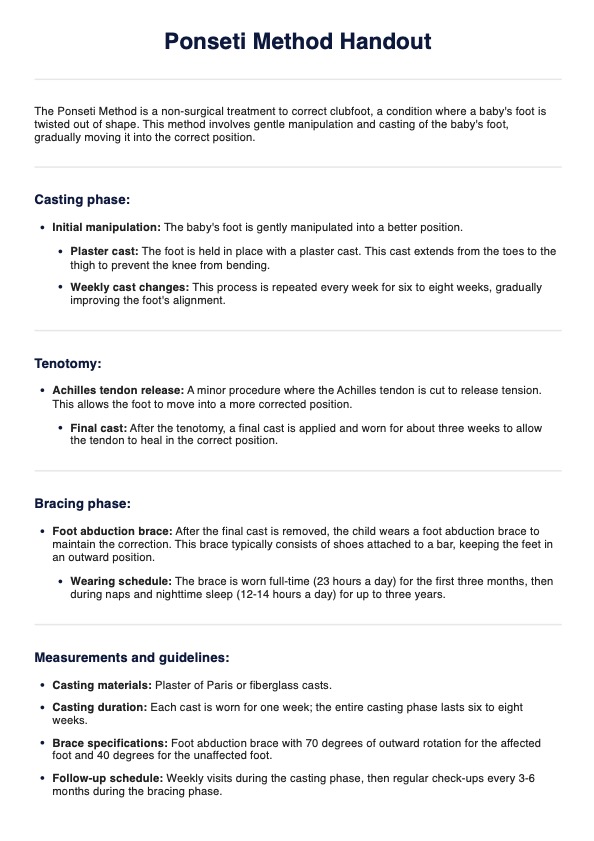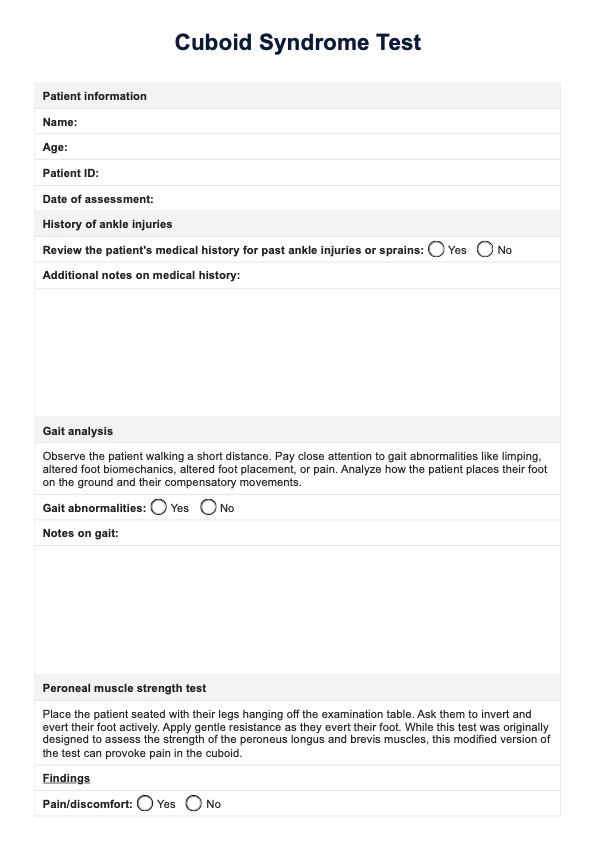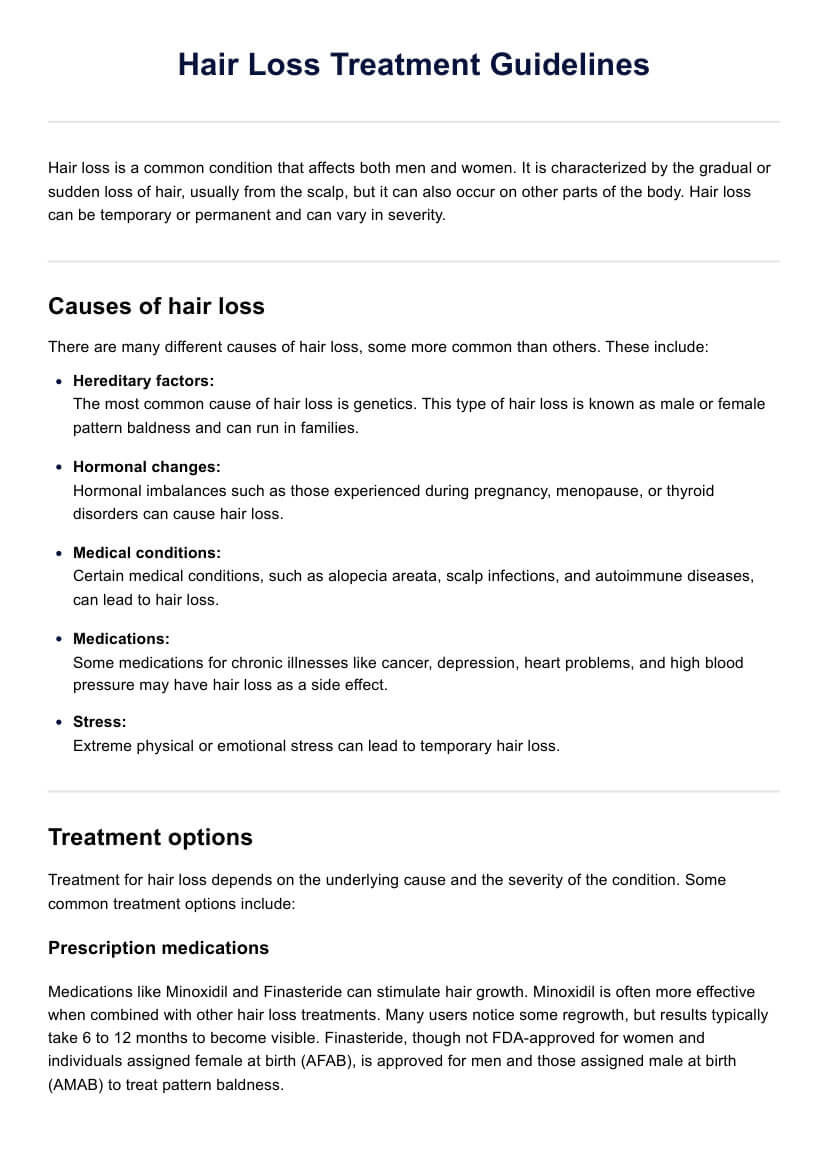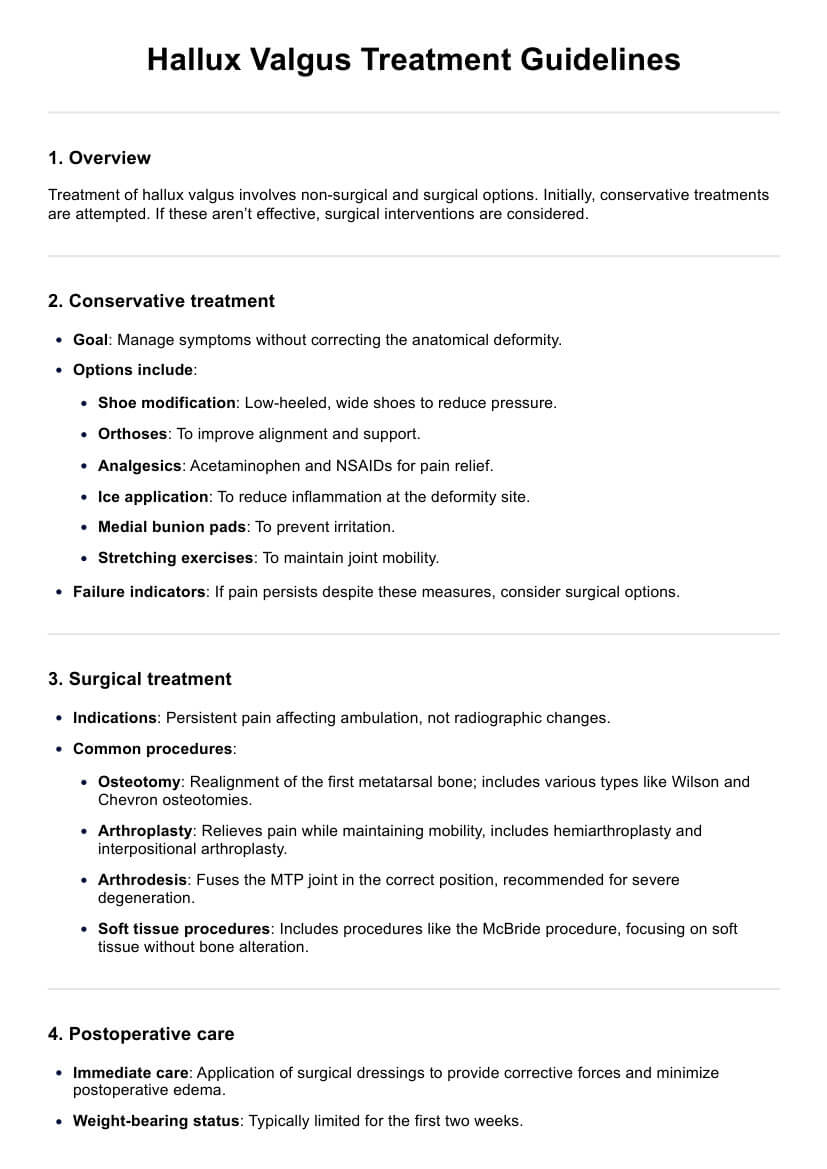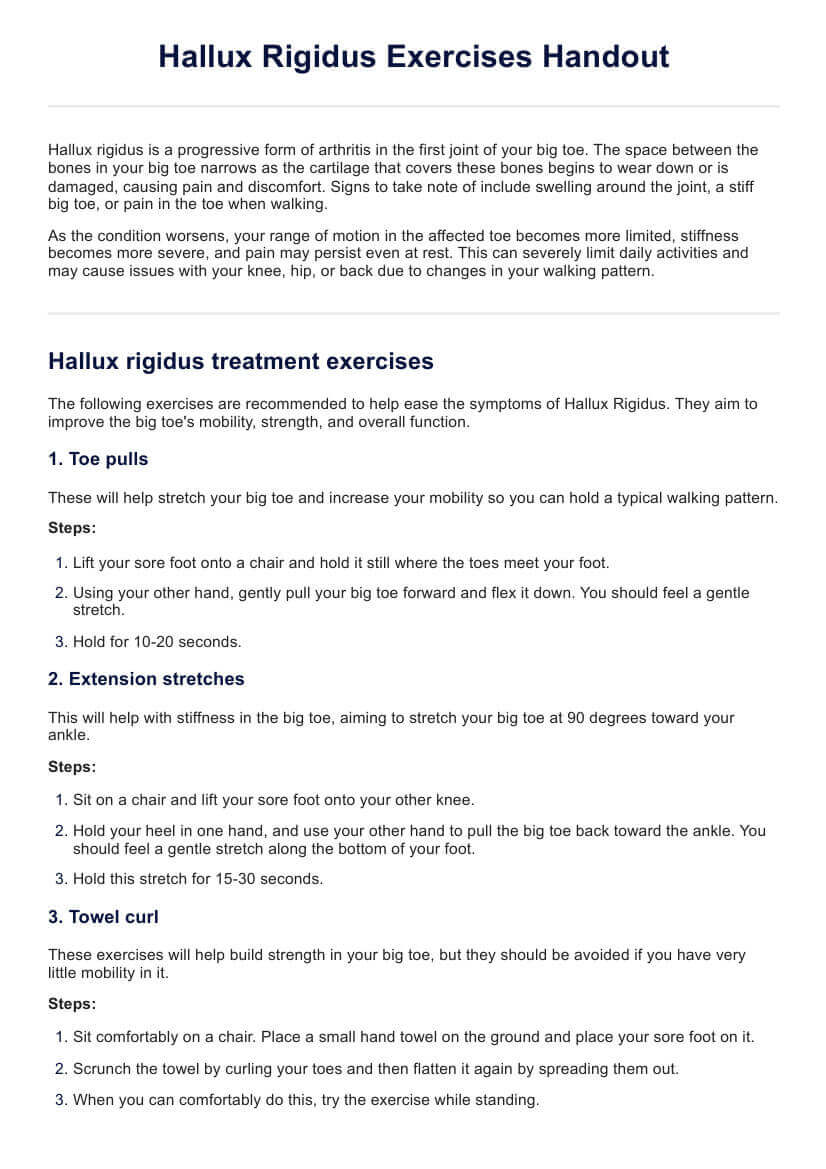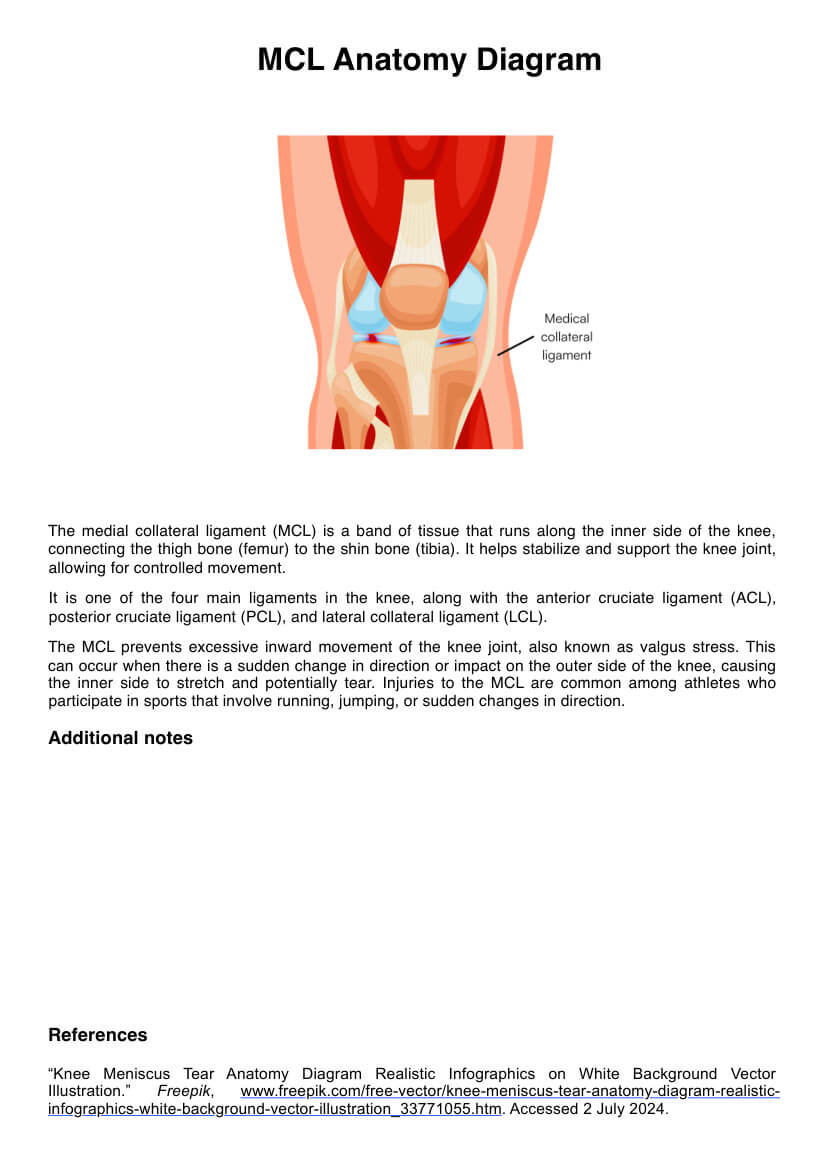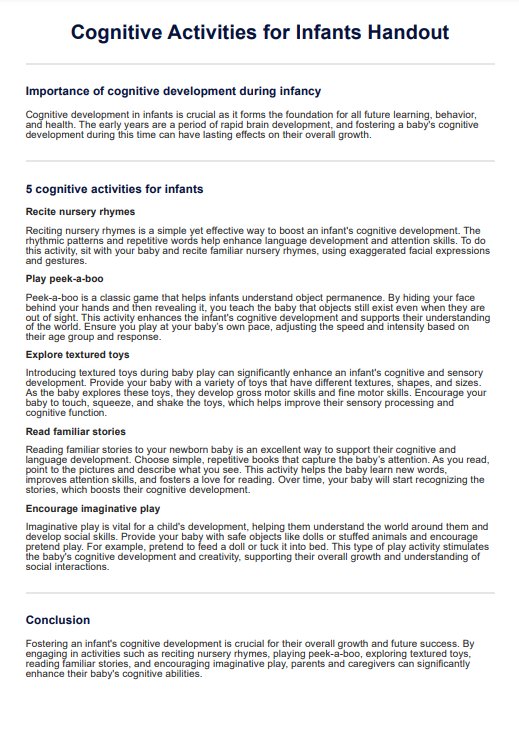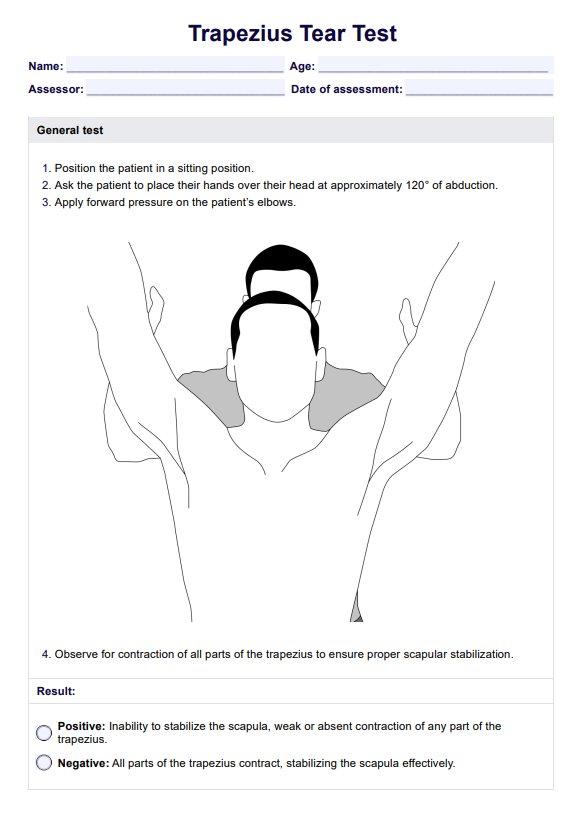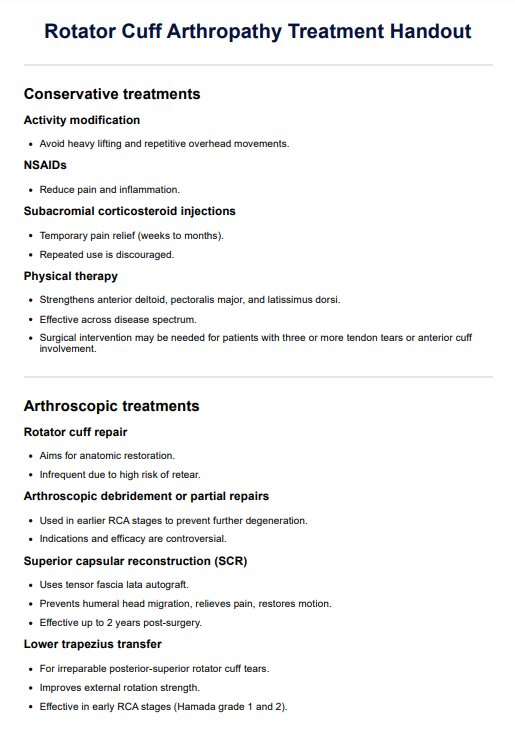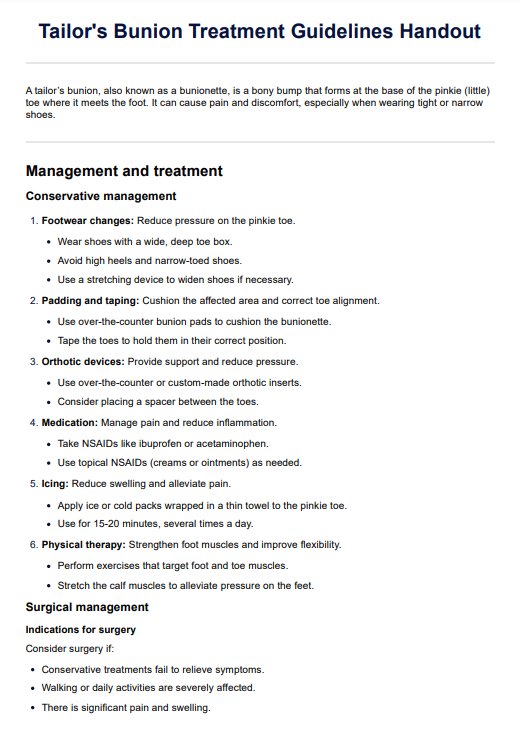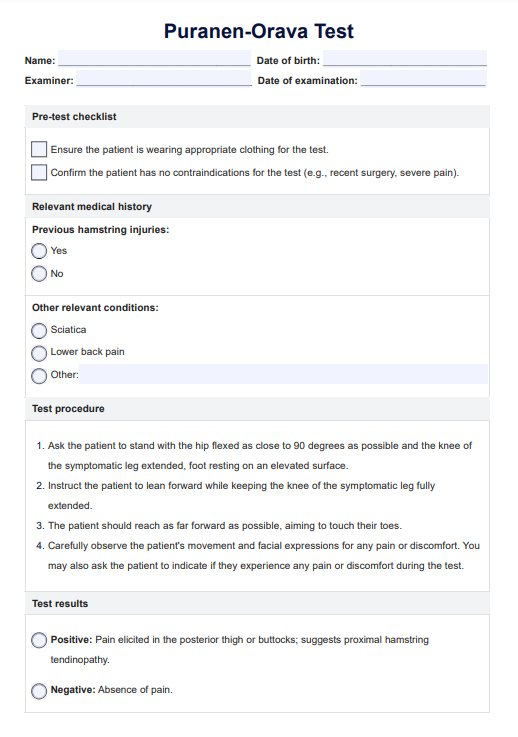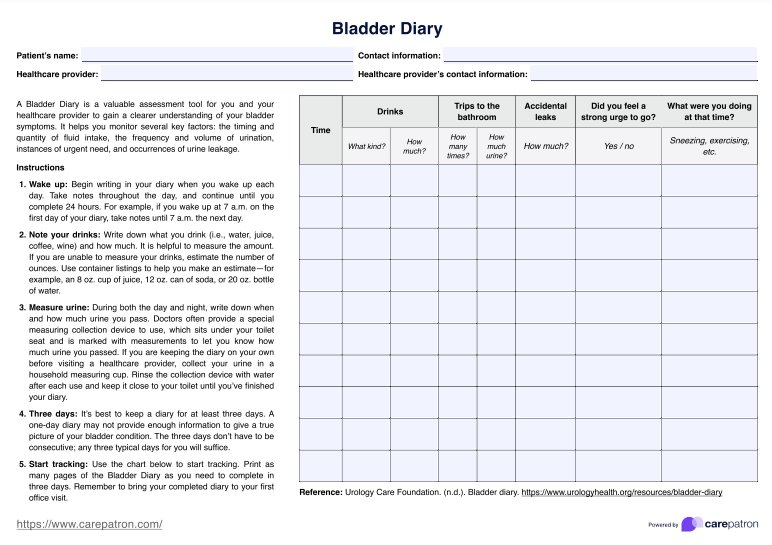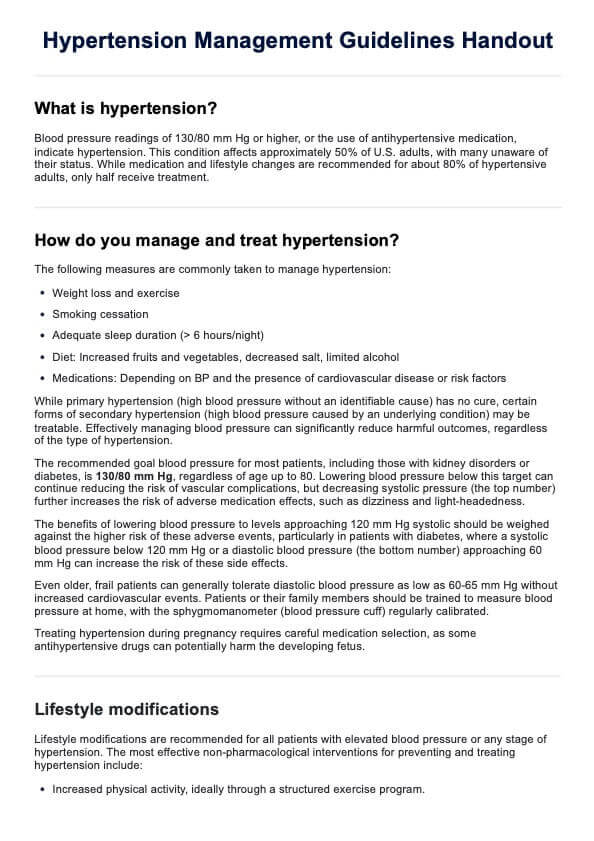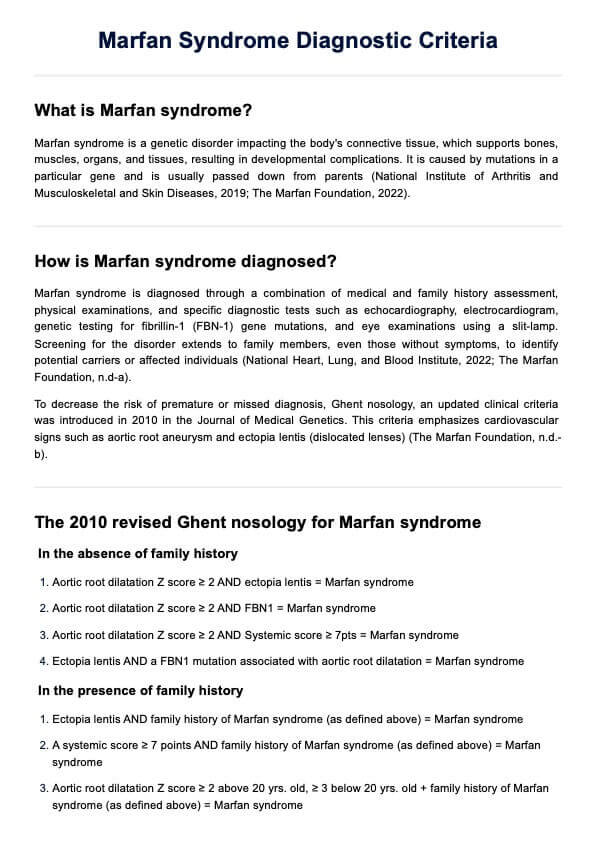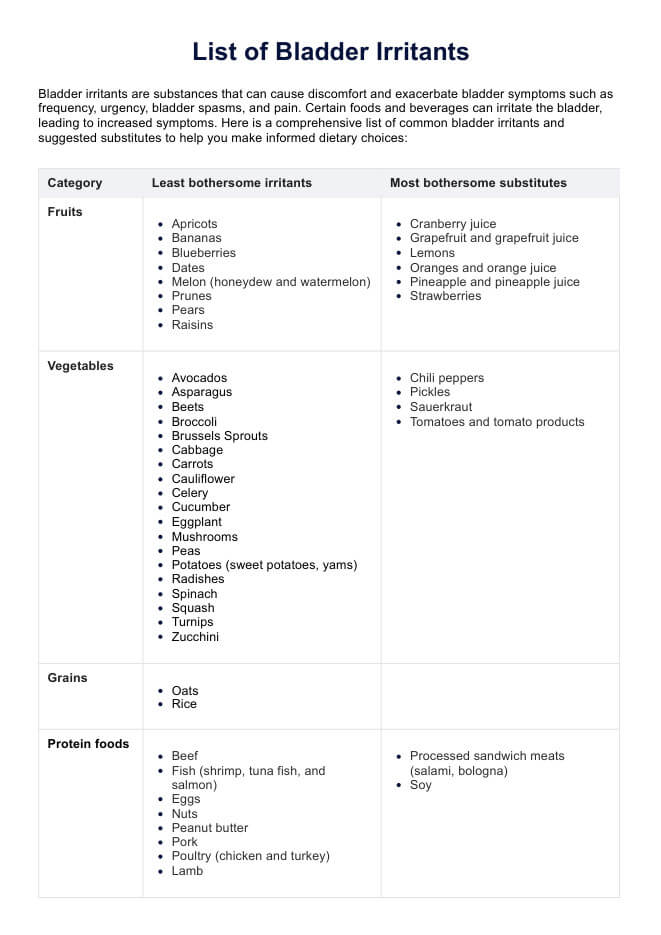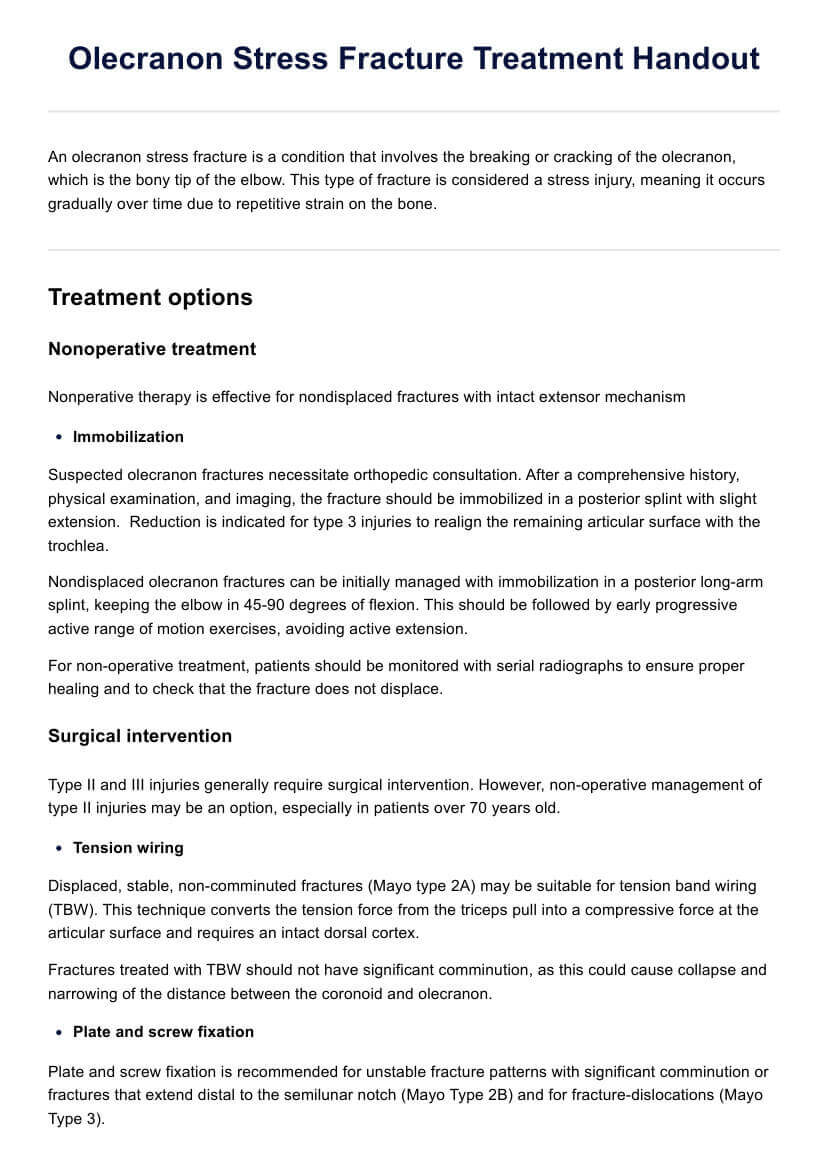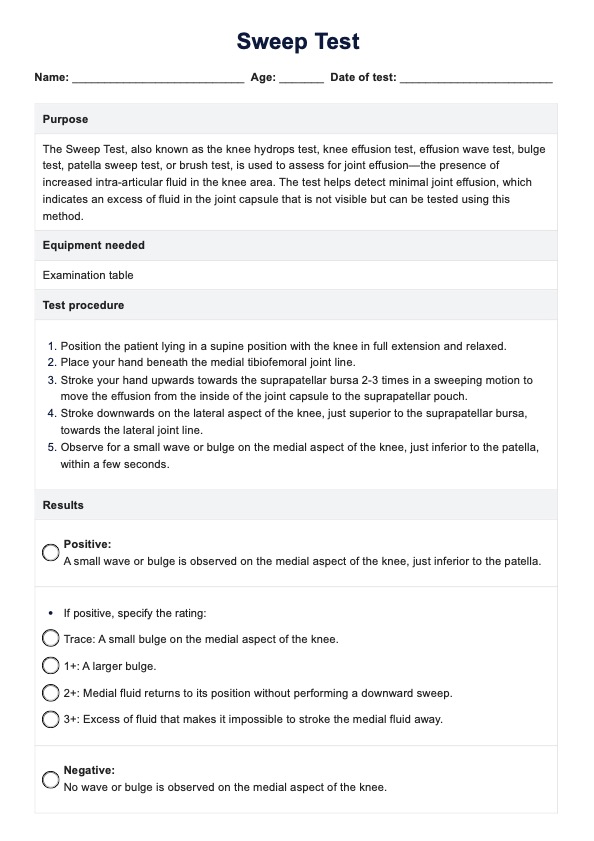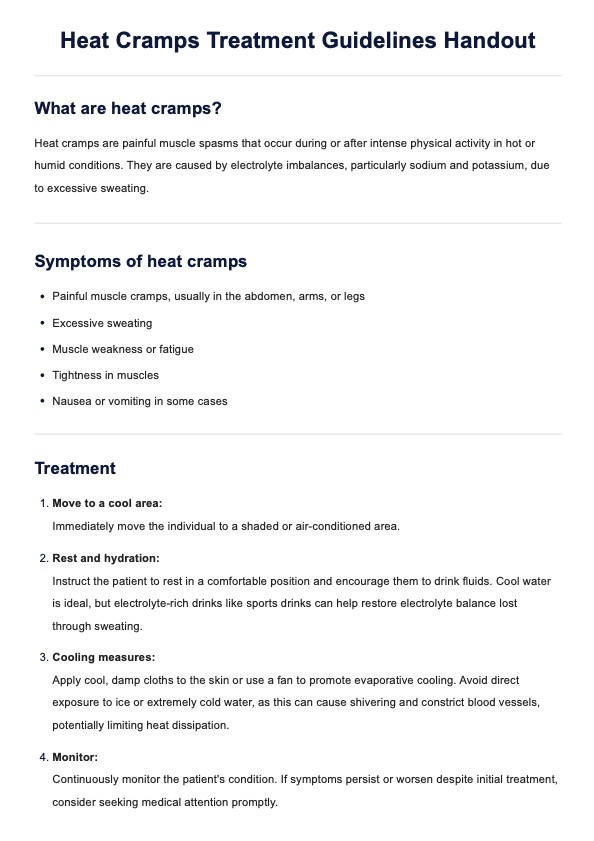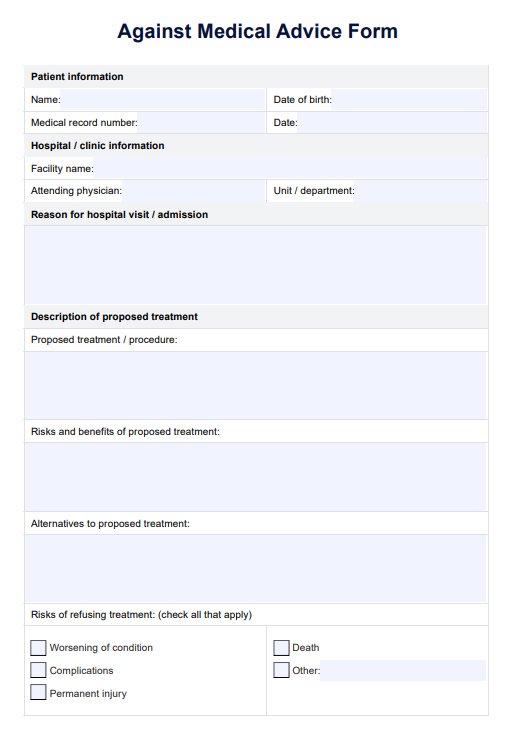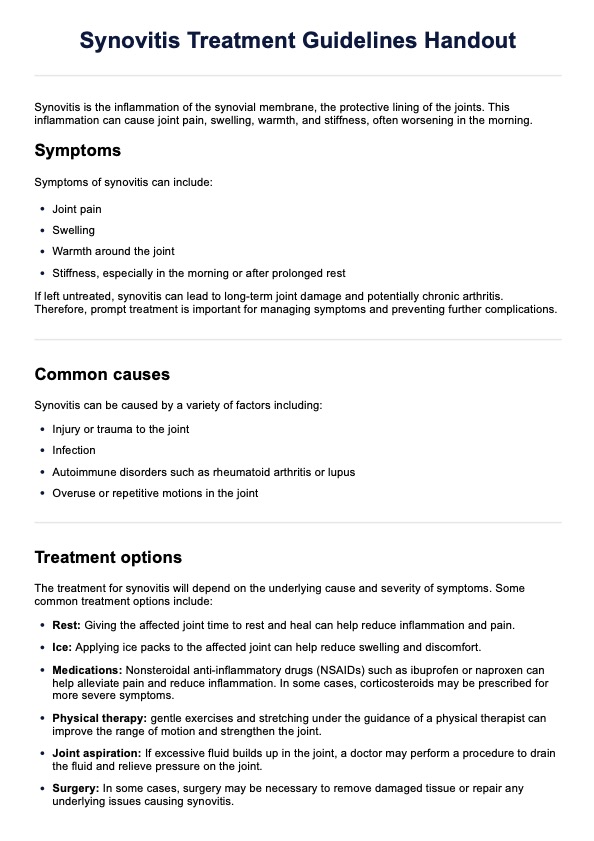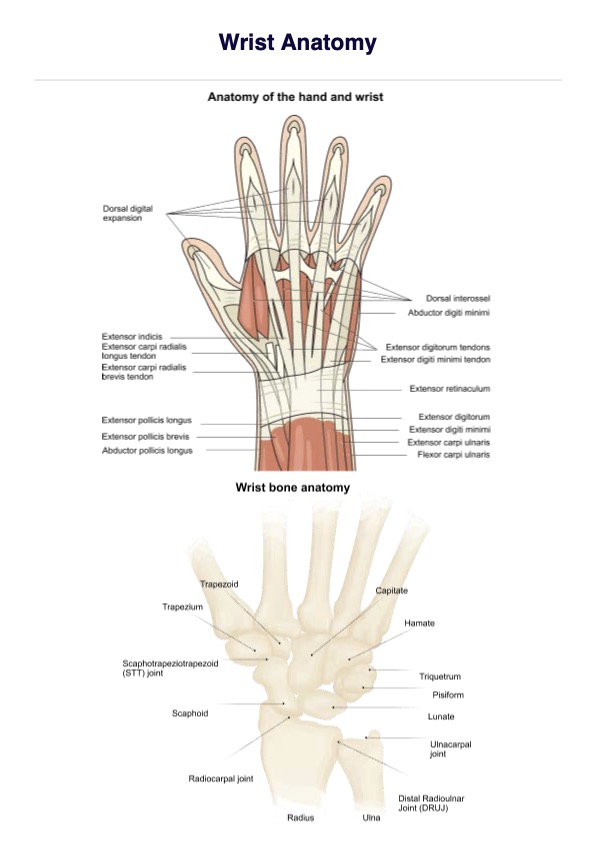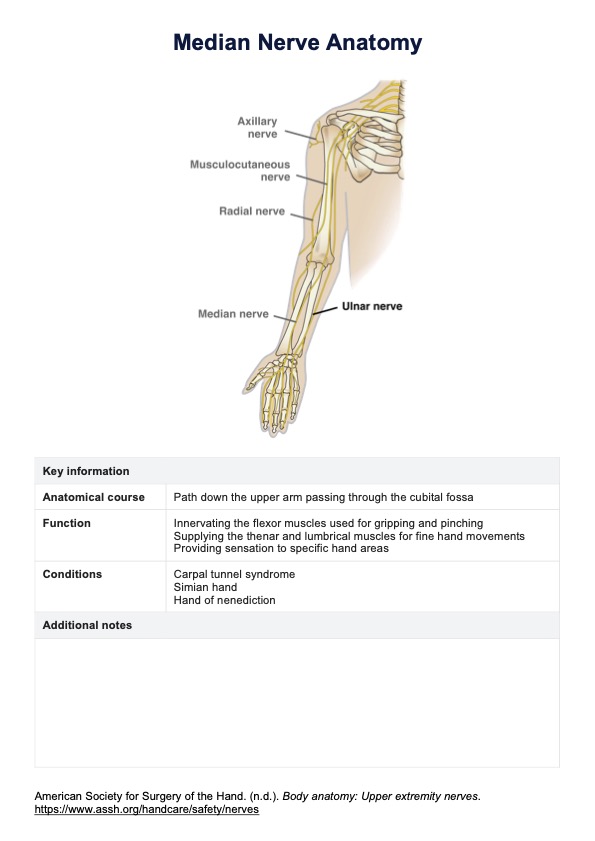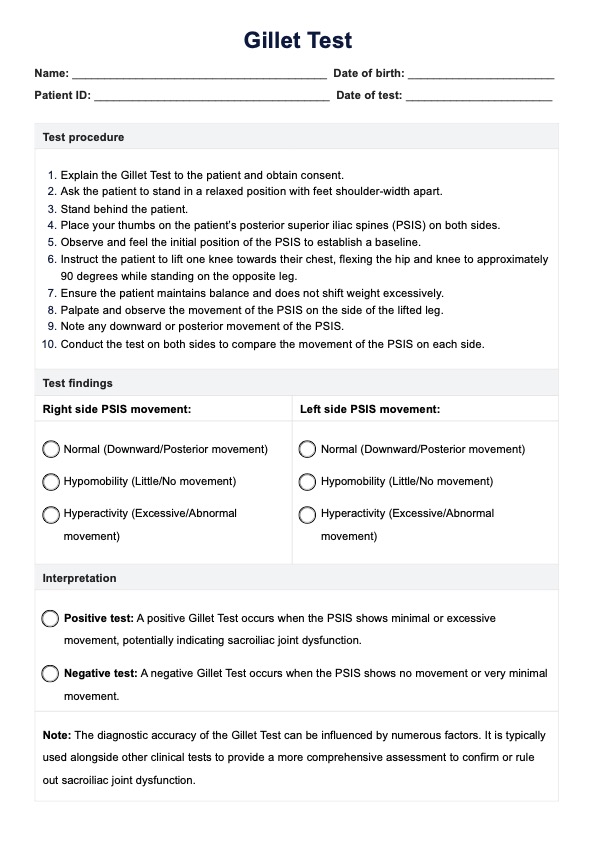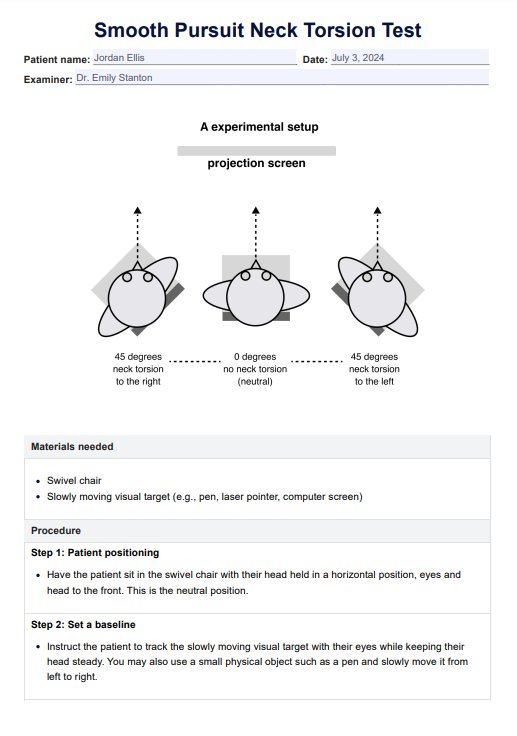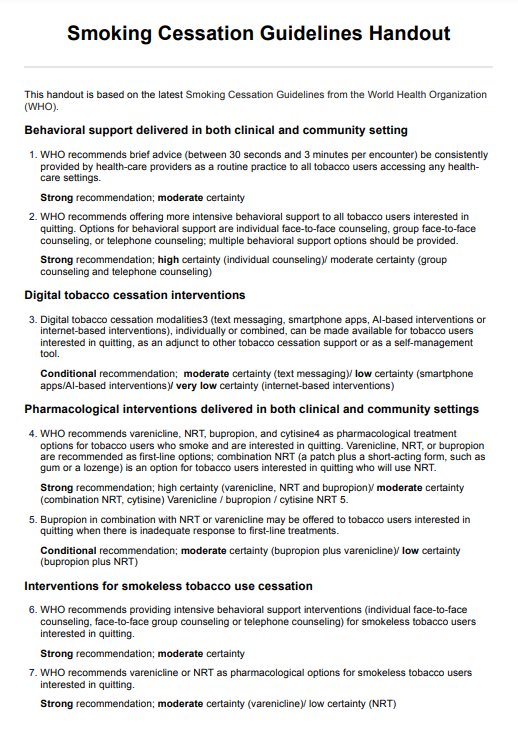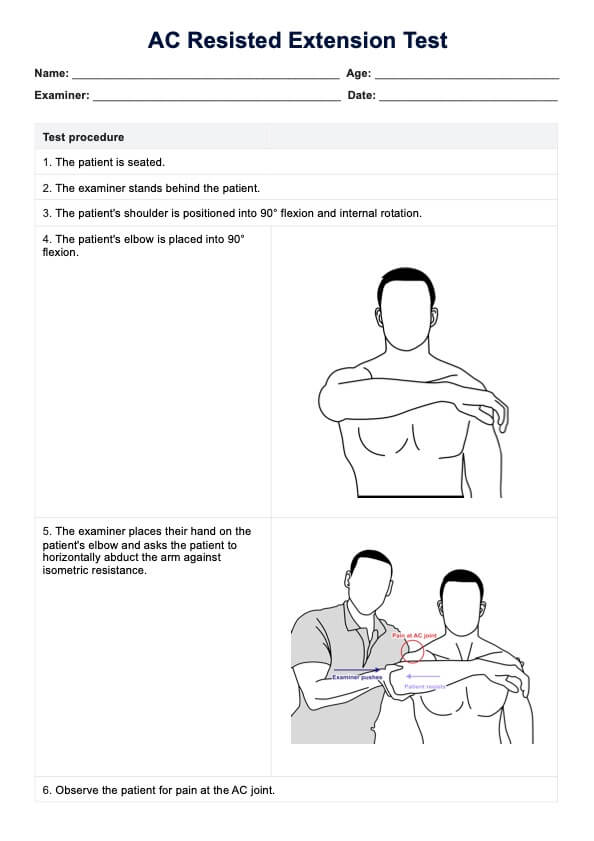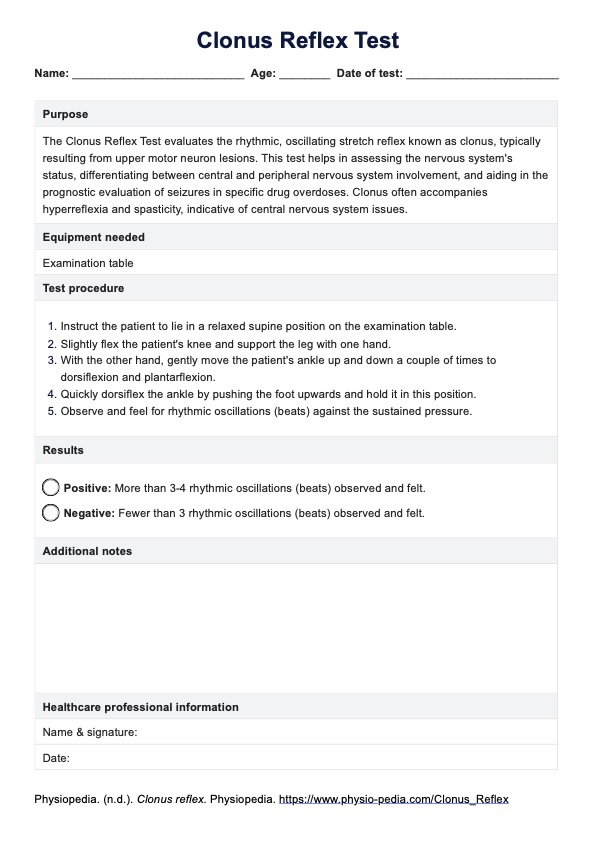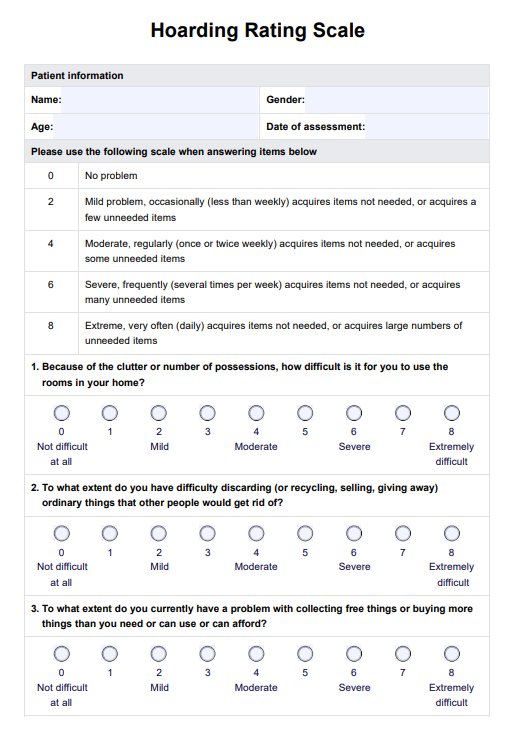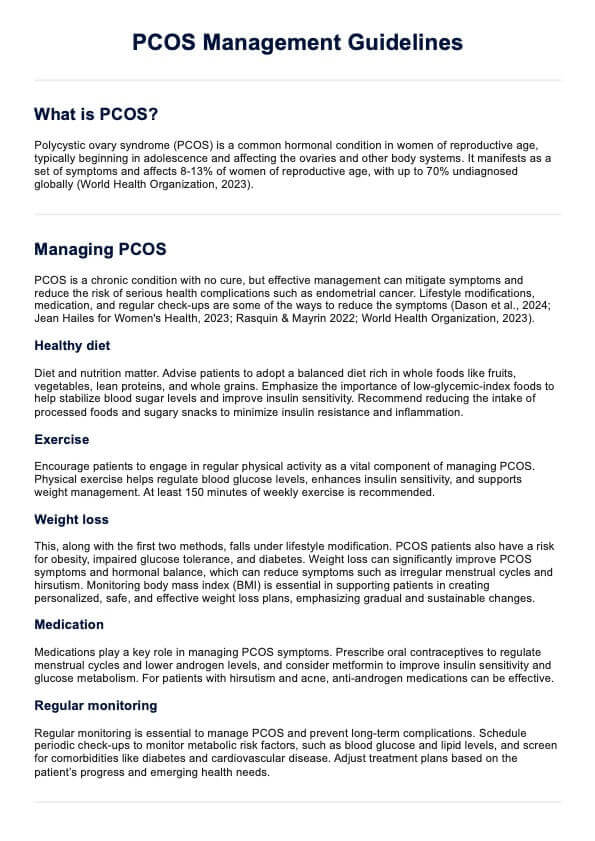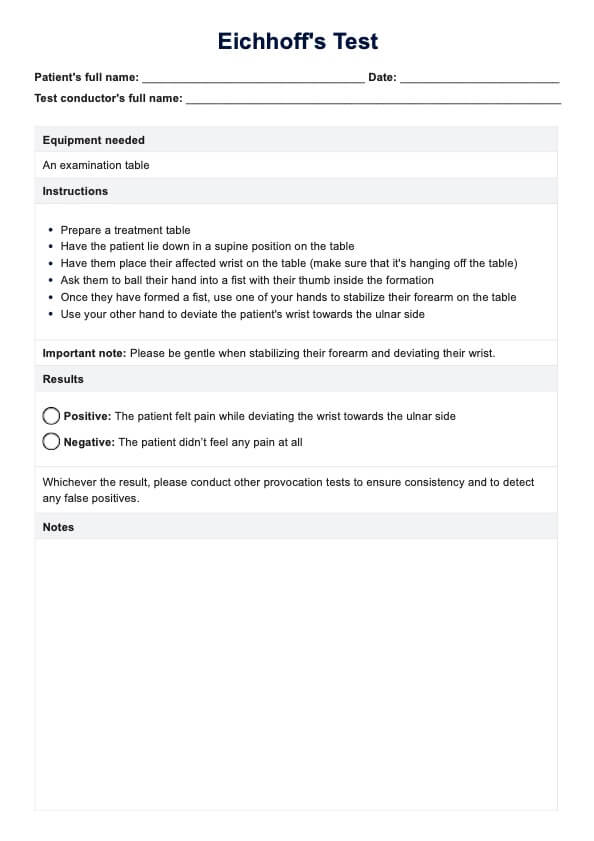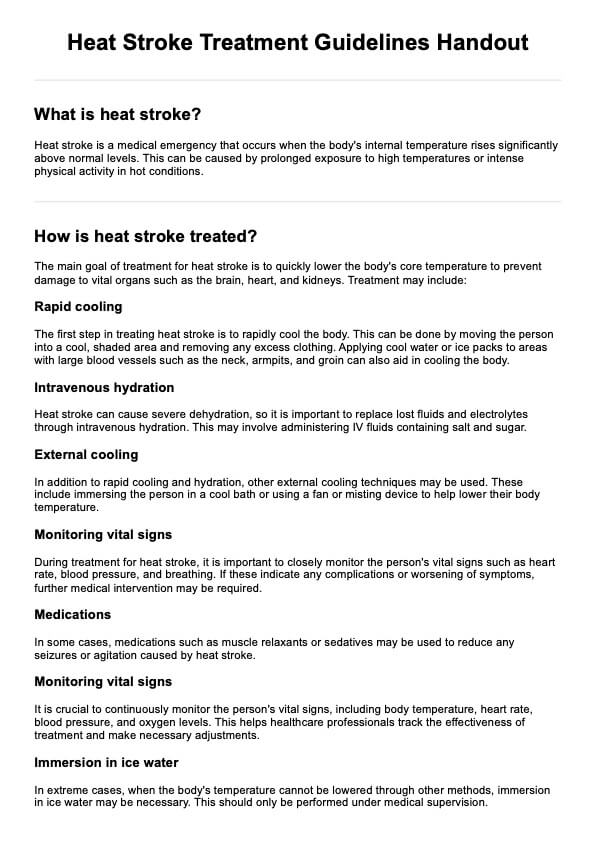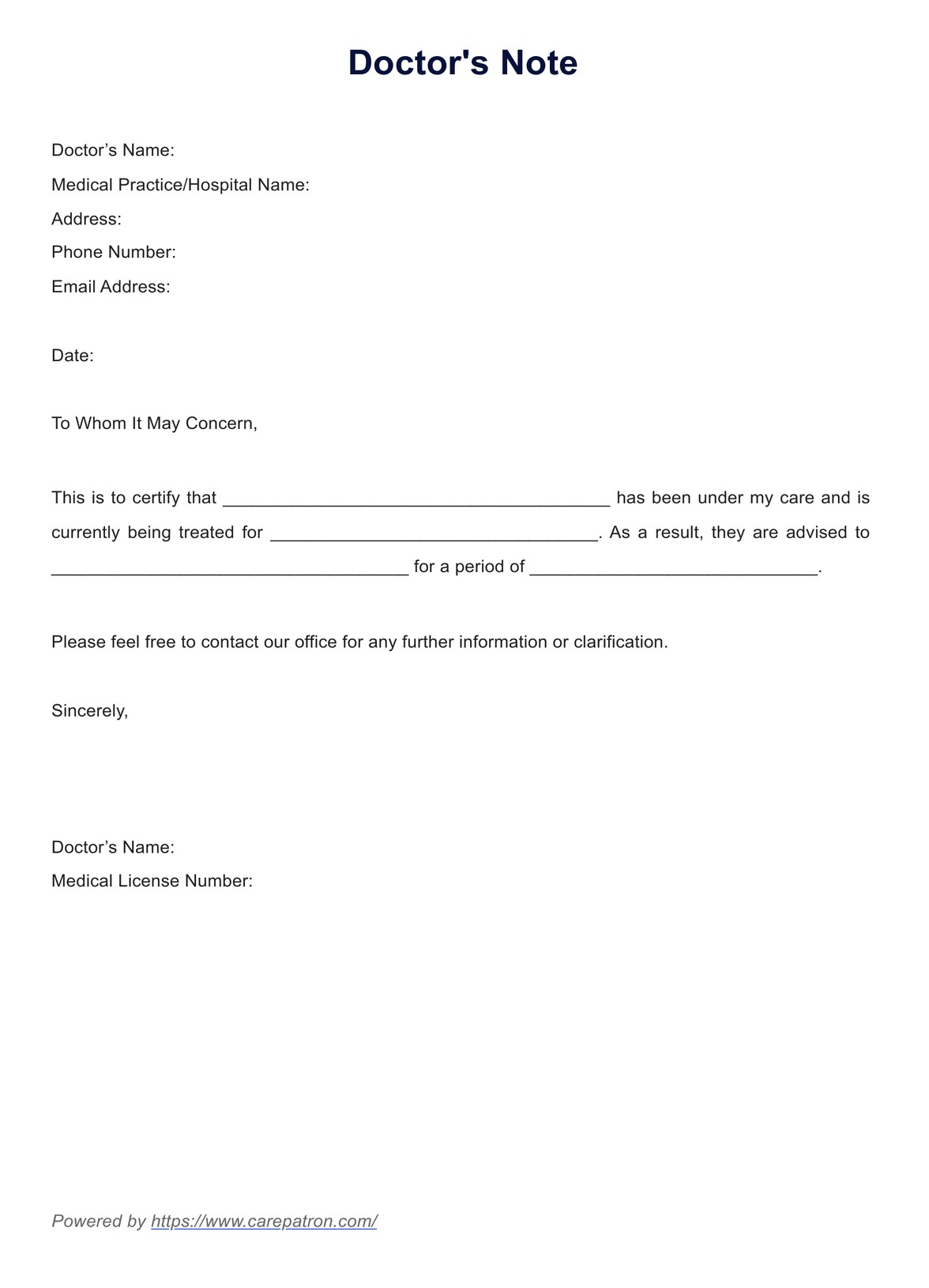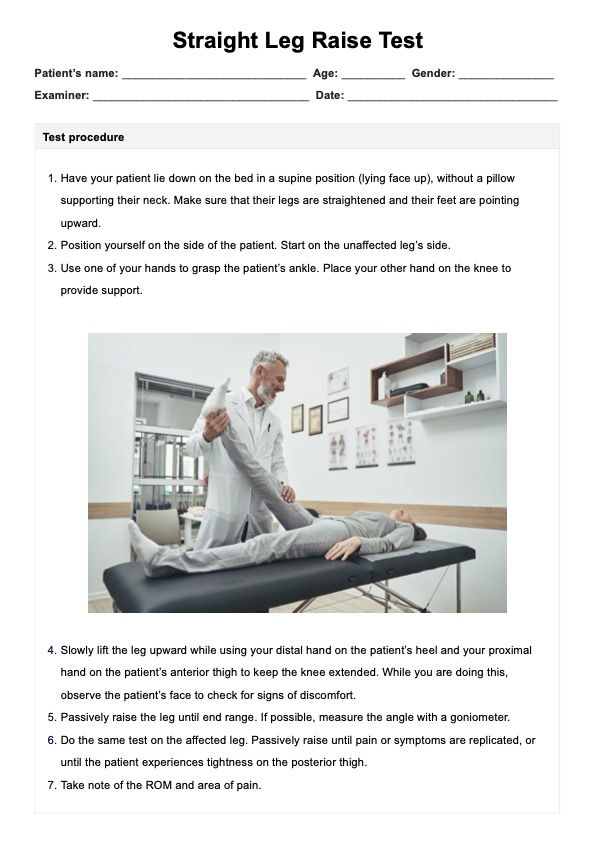Pulse Rate Chart
Using our Pulse Rate Chart, you can learn more about the heart's inner workings and how they may indicate overall health and well-being.


What is a Pulse Rate Chart?
A Pulse Rate Chart is a reference tool that allows individuals and healthcare practitioners, such as nurses or health coaches, to track an individual's pulse rate. Pulse rate is how heart rate is measured, whereby by finding the pulse, we can gauge how quickly the heart is beating per minute (bpm).
The chart visually represents the ranges in which heart rate should sit within each age range when individuals are awake but at rest, otherwise called resting heart rate (American Heart Association, 2023). Pulse rate can also indicate cardiovascular fitness, as a lower resting heart rate often signifies better cardiovascular fitness.
Normal pulse rates often sit between 60 and 100 beats per minute, but they may differ due to physical fitness, stress, and medication (LeWine, 2023). The human heart beats between 70 and 85 times per minute in adults, with men's pulse rate averaging 70 to 72 beats and women's 78 to 82 beats per minute. This difference is primarily due to females having smaller hearts, requiring them to beat faster to match the output of larger male hearts (Prabhavathi et al., 2014). However, the normal heart rate range can also change as a response to the environment or the type of activity the body is performing.
Every time the heart beats, it pumps blood through the arteries that travel through the body to deliver oxygen and nutrients to fuel its activities. This circulation results in higher pressure in the arteries every time the heart contracts, which stops as the heart relaxes and creates the pulse sensation that is felt in areas such as the neck, wrist, and elbow. The minimal amount of blood the heart pumps when the body is calm and relaxed is reflected in the resting heart rate. A higher resting heart rate is linked with higher blood pressure, body weight, and lower physical fitness.
A Pulse Rate Chart can help indicate heart functioning and may be a screening tool that health practitioners can use in routine wellness measurements.
Pulse Rate Chart Template
Pulse Rate Chart Example
How does it work?
Our pulse rate chart is an effective reference tool to help individuals and healthcare practitioners, like general practitioners or health coaches, monitor their pulse rate. The pulse rate chart provides recommended pulse rates (heart rates) by age, which can be used to identify whether an individual’s heart is functioning at a normal rate. Here are some steps that break down how to use the chart:
Step 1: Access the pulse rate chart
You can access our free Pulse Rate Chart here or download it as a PDF version to use as a reference.
Download the Printable Pulse Rate Chart here
Step 2: Find your pulse
The pulse point can be found by feeling any of the following arteries using light pressure of the ring and index fingers. Take care not to press too hard; if you cannot feel it in one area, it may feel stronger in another artery point. Try the following areas:
- Carotid artery (neck): trace your fingers along the earlobe until you reach below your jaw
- Radial artery (wrist): with palm facing the sky, press the area where the thumb meets the wrist
- Brachial artery (inside the elbow): with the palm facing the sky, find the hollow section of the elbow using your fingers. Then trace your upwards to the body, until you feel the pulse.
Alternatively, healthcare practitioners may find a pulse in the following areas. Note these are slightly more difficult to find on your own or without training:
- Abdominal aorta (belly)
- Popliteal artery (behind the knee)
- Apical artery (in the chest, above the heart)
Step 3: Determine pulse (heart) rate
Count how many pulses you feel in a timed minute, or count how many pulses you feel in 30 seconds, and multiply this value by two. This will give you the heart rate in beats per minute (bpm).
Step 4: Interpret the pulse rate chart
Using the pulse rate chart, compare the measured rate with the resting heart rate table. This will show whether the individual's resting heart rate is within the normal age range.
When would you use this chart?
The pulse rate chart can be used under various circumstances requiring measurement and monitoring of pulse rates and heart health. Here are some scenarios in which it would be beneficial to use a pulse rate chart:
Routine health checks
Using a pulse rate chart as a resource when conducting routine health measurements allows healthcare professionals to gain an indication of heart function and overall health status. Pulse rates out of the normative range may indicate an underlying health condition, such as anemia or arrhythmia (British Heart Foundation, n.d.; Hipp, 2023).
Monitoring medication progress
Individuals using prescription medications such as beta blockers to control blood pressure or asthma medications can alter pulse rate. Though rate change may not occur often or may not be major, individuals need to monitor and discuss any pulse changes or symptoms with their healthcare provider. Additionally, healthcare professionals may use the pulse rate to monitor any changes, using this information to inform dosage and the prescribed medication type (British Heart Foundation, n.d.).
Informing exercise prescription
Health coaches may use the chart to inform the training plans they prescribe to clients. Using the exercise heart rate chart, they may use the maximum and target heart rate zones to gauge exercise intensity based on age (Cleveland Clinic, 2022).
Monitoring vital signs in healthcare
The pulse rate chart can be a key indicator for monitoring vitals in healthcare contexts, such as in ICU or pregnancy. This can be an important diagnostic for cardiovascular changes that are often accompanied by chest pain, breathlessness, or dizziness (Coad & Frise, 2021; Hipp, 2023).
Our comprehensive templates for care plans can further support your healthcare practice. The Pulse Rate Chart and prescription management templates provide structured approaches for monitoring and managing patient health. By incorporating these resources, healthcare professionals can enhance patient outcomes and ensure accurate documentation.
What do the results mean?
Results observed using our free Pulse Rate Chart may differ amongst individuals depending on age, physical fitness, medication use, body positioning, and medical history (American Heart Association, 2023). The following are some typical results from a pulse rate chart and the implications on the individual:
Normal pulse rate
The pulse rate may be within the normal resting range for the individual’s age range, indicating good health and heart function. As a vital sign, pulse rate should continue being monitored over the lifespan to pick up on any changes in heart health or overall health. Doing so will allow individuals and healthcare providers to facilitate a proactive approach to health and detect health issues early to enhance treatability.
Abnormal pulse rate
Individuals and healthcare providers may observe heart rate to be outside of normal ranges during rest, which may indicate the following:
- Very low pulse (heart rate under 60 bpm) or bradycardia may cause dizzy spells, fatigue, or fainting in severe cases. Individuals experiencing these symptoms or feeling their pulse is very slow should contact their healthcare provider as soon as possible (Cleveland Clinic, 2022; Hipp, 2023).
- Very high pulse (over 100 bpm) or tachycardia may result from underlying issues such as fever, infection, or dehydration, and should receive medical attention as soon as possible (Cleveland Clinic, 2022).
However, some individuals, such as competitive athletes, may have a low heart rate as a result of rigorous fitness training, which may not warrant concern(Cleveland Clinic, 2022).
Irregular pulse rate
The pulse rate may be irregular, otherwise known as arrhythmia, where individuals may feel their heart racing, miss a beat, or be unusually slow at rest. If this is the case, individuals should schedule an appointment with their healthcare provider to voice their concerns and complete further screening procedures.
Research & evidence
Pulse rate charts are most effectively linked to monitoring resting and working pulse as a means of tracking heart functioning and overall health. The chart provides a visual reference that can aid health practitioners, such as general practitioners and nurses, in identifying whether a patient’s heart functions within normal ranges. Additionally, health coaches and athletes can use the chart to implement effective training programs, using pulse rate to identify how hard the heart works in response to exercise intensity. Intensity can then be adjusted to either increase or decrease pulse, depending on the goals of the training session (American Heart Association, 2021;Cleveland Clinic, 2022).
Though there are few, if any, research studies that directly demonstrate the value of pulse rate charts in context, these charts have a clear presence in the healthcare industry. This has been observed in their repeated inclusion in health articles established by reputable sources, like the Heart Foundation, to disseminate information surrounding heart functioning, cardiovascular health, and overall wellness.
These charts provide individuals and healthcare practitioners with a simple, user-friendly tool that can be implemented into current health protocols seamlessly. Whether in emergency departments, maternity wards, or health coaching, this is a vital tool for understanding the heart, how it functions, and an individual's overall health.
References
American Heart Association (2021). Target Heart Rates Chart. American Heart Association. https://www.heart.org/en/healthy-living/fitness/fitness-basics/target-heart-rates
American Heart Association (2023). All About Heart Rate (Pulse). American Heart Association.https://www.heart.org/en/health-topics/high-blood-pressure/the-facts-about-high-blood-pressure/all-about-heart-rate-pulse
British Heart Foundation (n.d.). What is a normal pulse rate? Heart Matters magazine. https://www.bhf.org.uk/informationsupport/heart-matters-magazine/medical/ask-the-experts/pulse-rate
Cleveland Clinic (2022). Pulse & Heart Rate. Cleveland Clinic. https://my.clevelandclinic.org/health/diagnostics/17402-pulse--heart-rate
Coad, F., & Frise, C. (2021). Tachycardia in pregnancy: when to worry? Clinical Medicine, 21(5), 434-437. PubMed Central. doi: 10.7861/clinmed.2021-0495
Cunha, J. P. (2022). What Is A Good Heart Rate for My Age? Chart. Heart Health Center. https://www.emedicinehealth.com/what_is_a_good_heart_rate_for_my_age/article_em.htm
Hipp, D. (2023). Normal Resting Heart Rate by Age (Chart). ForbesHealth. https://www.forbes.com/health/healthy-aging/normal-heart-rate-by-age/
Lewine, H. E. (2023). What is a normal heart rate? Harvard Health Publishing, Harvard Medical School. https://www.health.harvard.edu/heart-health/what-your-heart-rate-is-telling-you
New Zealand Heart Foundation (n.d.). Understanding your pulse (heart rate). New Zealand Heart Foundation. https://www.heartfoundation.org.nz/wellbeing/managing-risk/how-to-check-your-pulse-heart-rate
Commonly asked questions
Anyone wanting to monitor their pulse rate or seeking a procedure indicating heart health and functioning can request pulse rate charts.
A pulse rate chart can be applied in various scenarios to compare pulse rates or can be used as a diagnostic tool for vital health screening. They may also be implemented in health plan formulation, where health coaches may use the chart to identify a client’s maximum heart rate and working heart rate ranges to inform an exercise plan.
After measuring pulse rate (resting or working), individuals or healthcare practitioners can use the pulse rate chart as a reference tool to see if the heart is working within average ranges.


